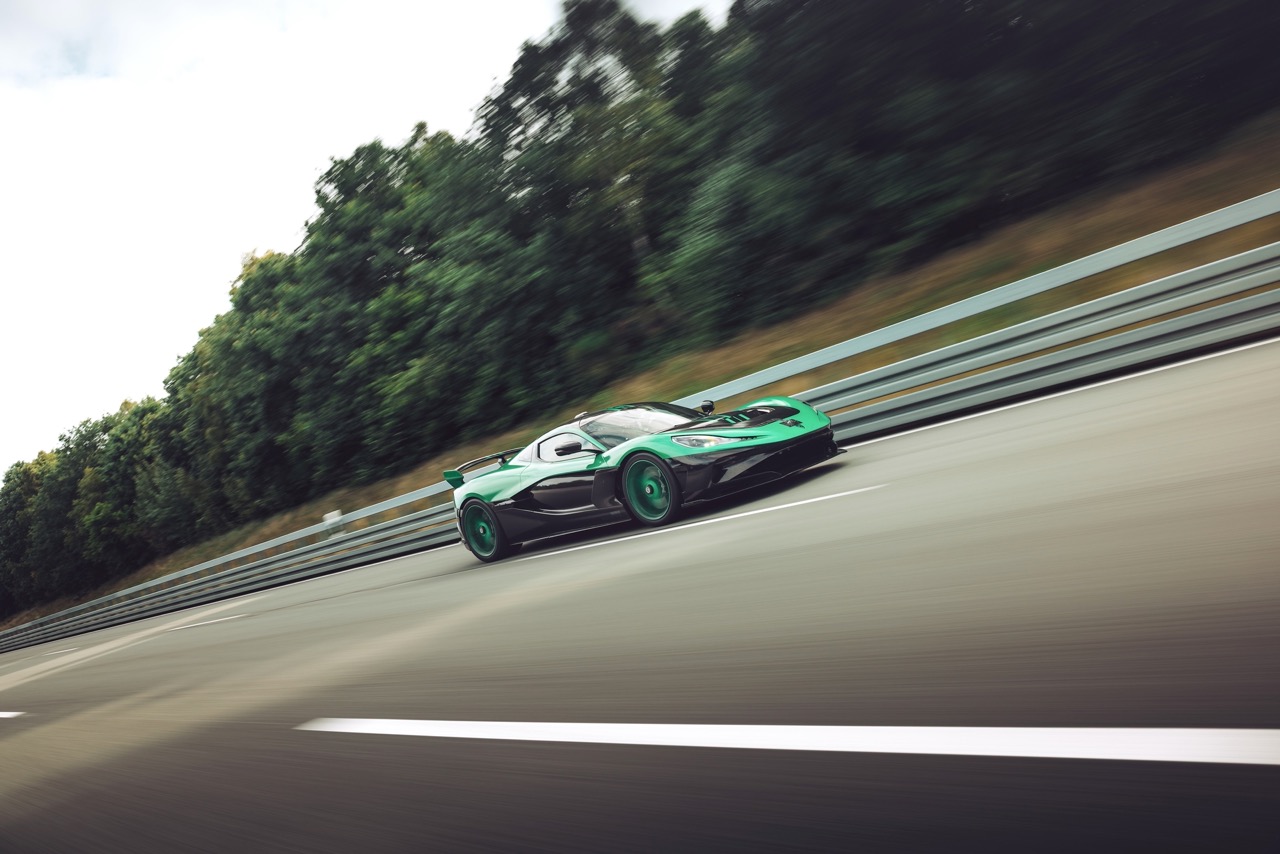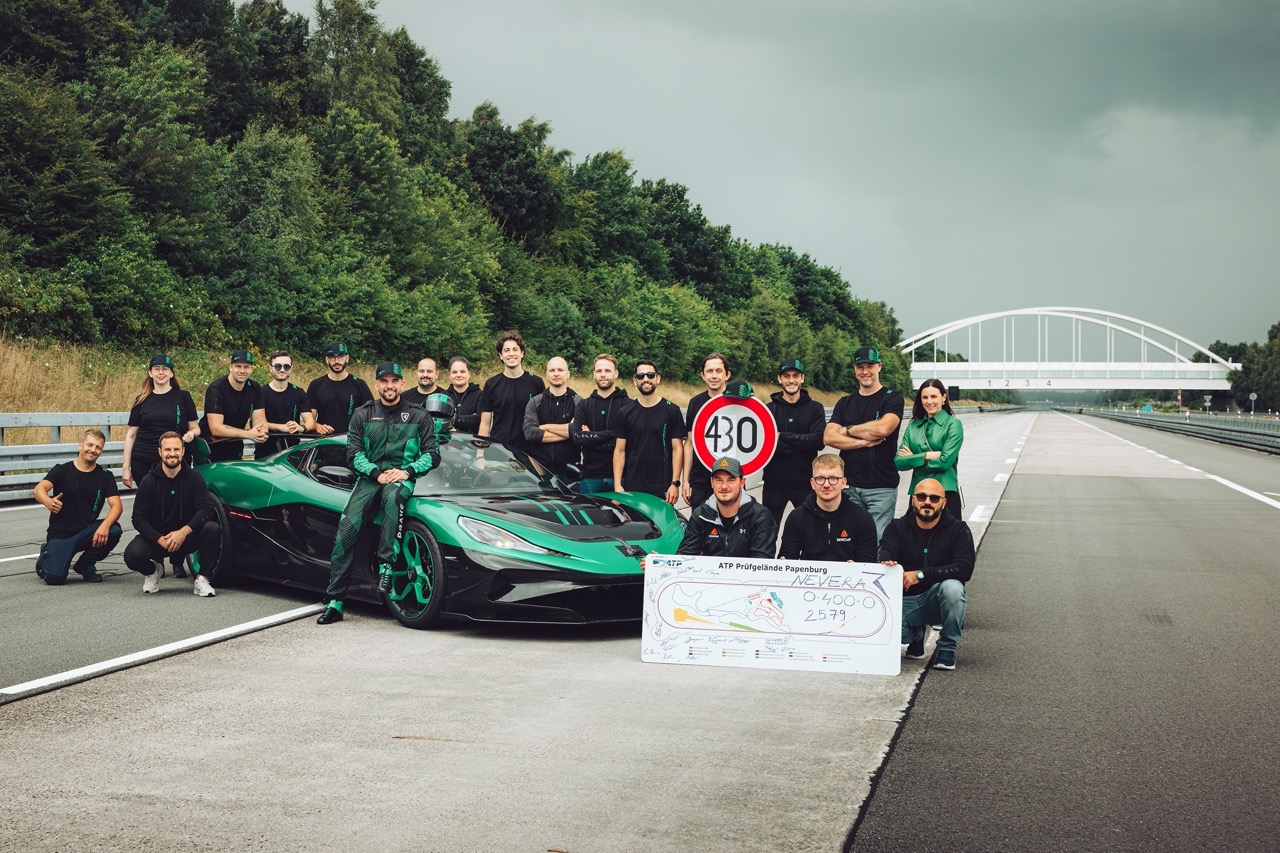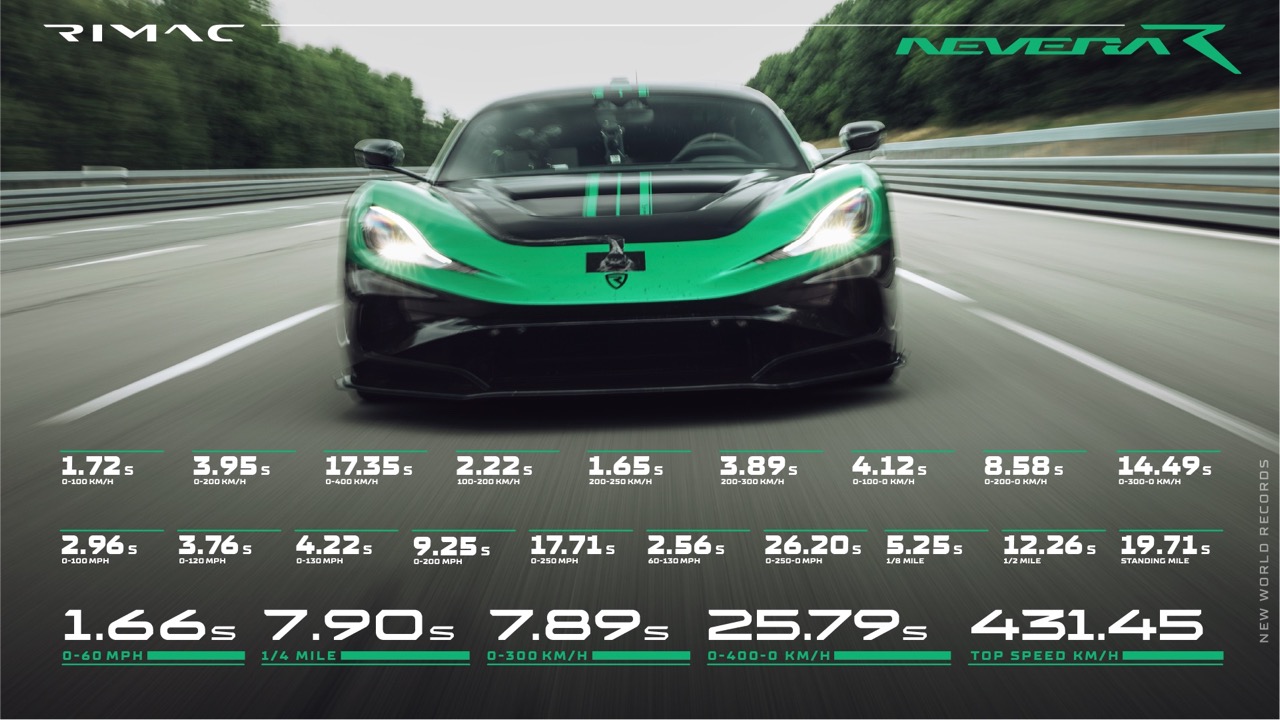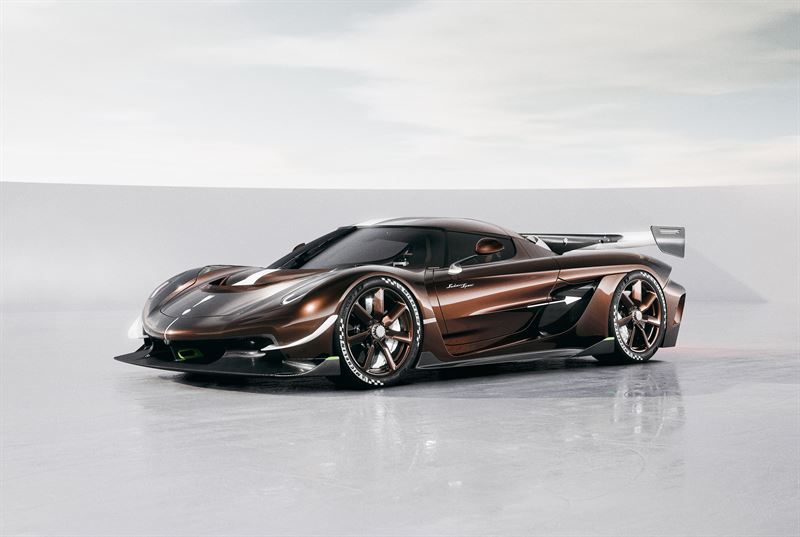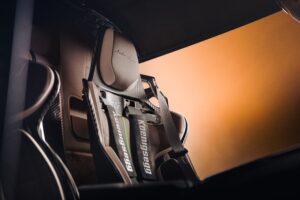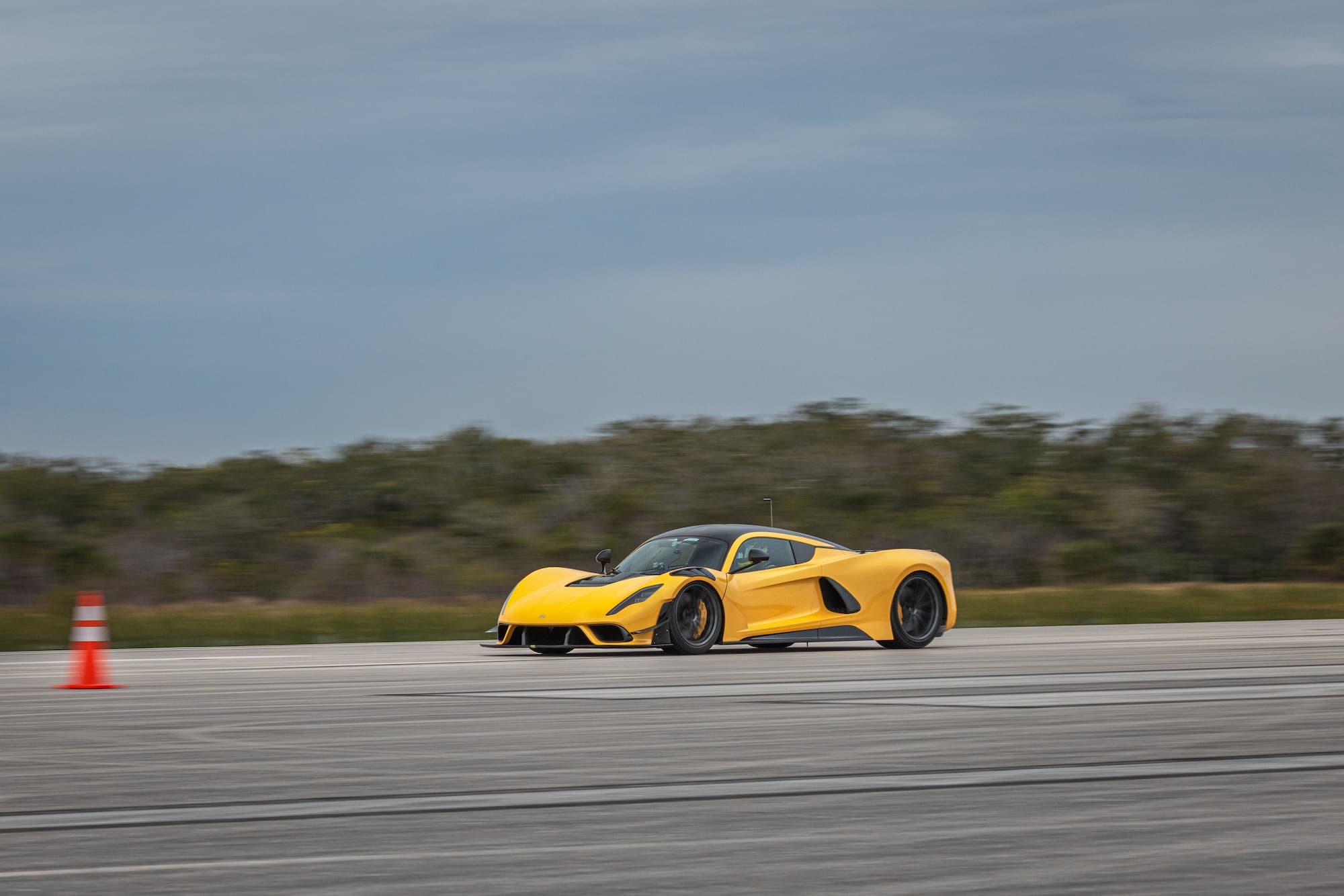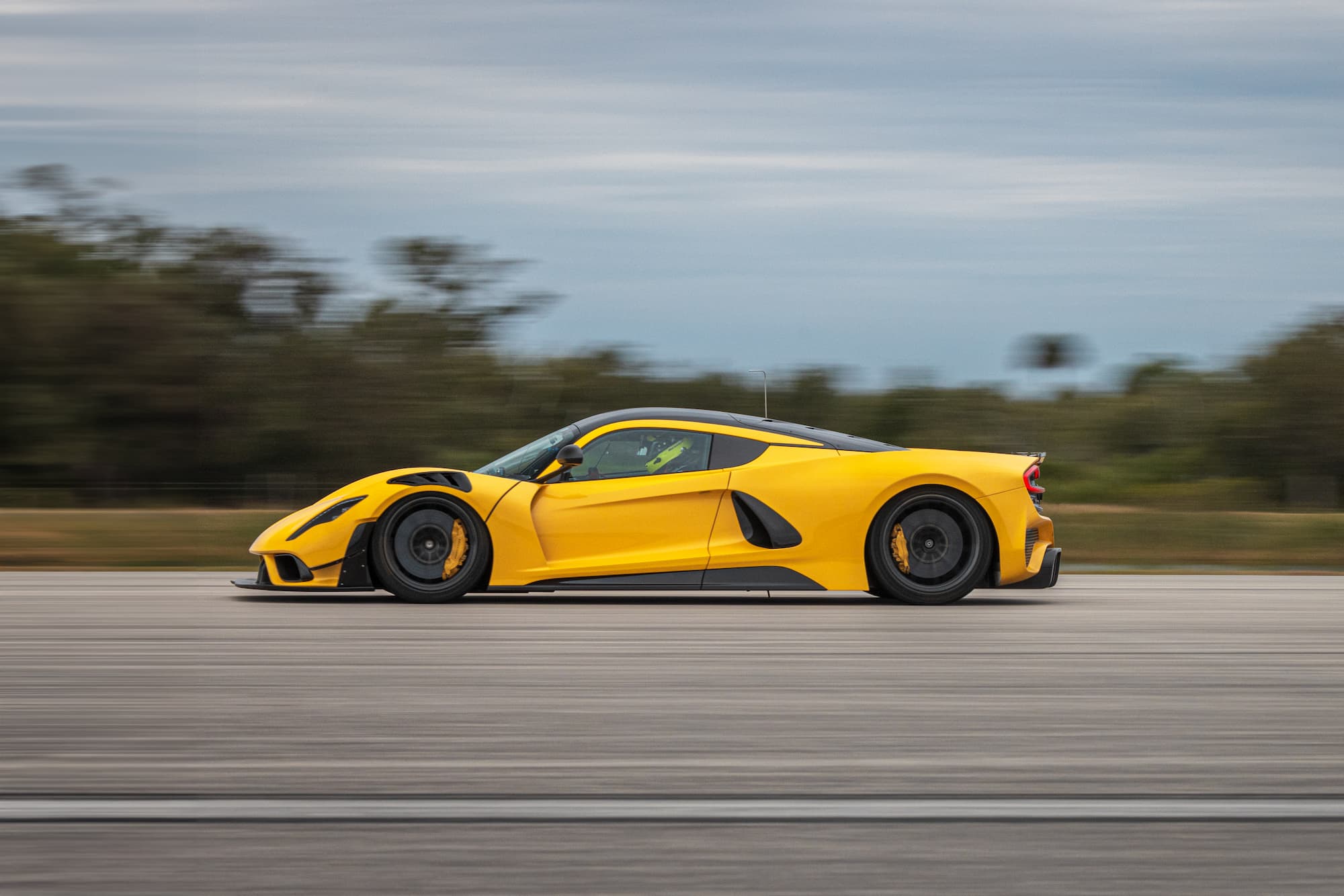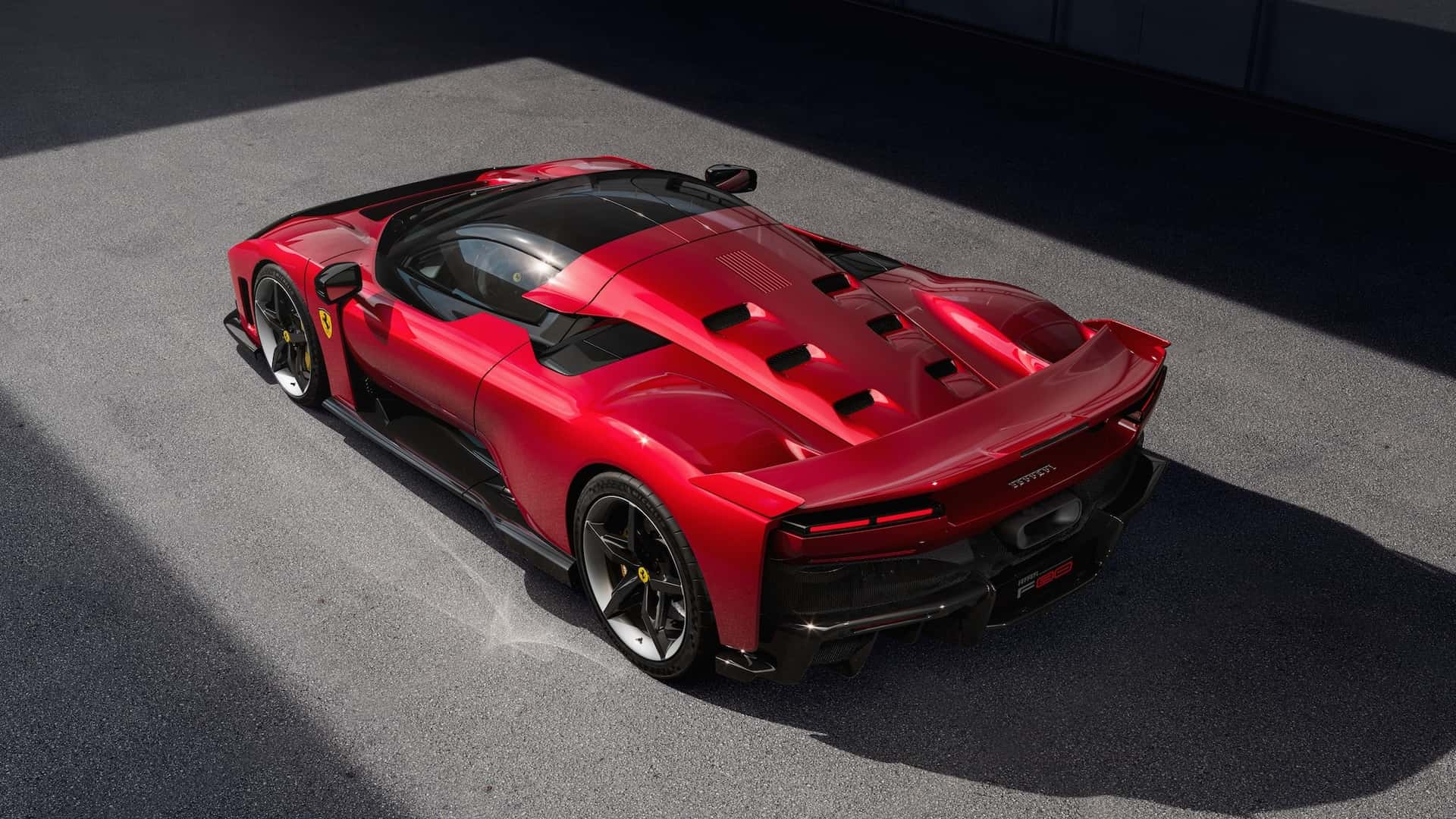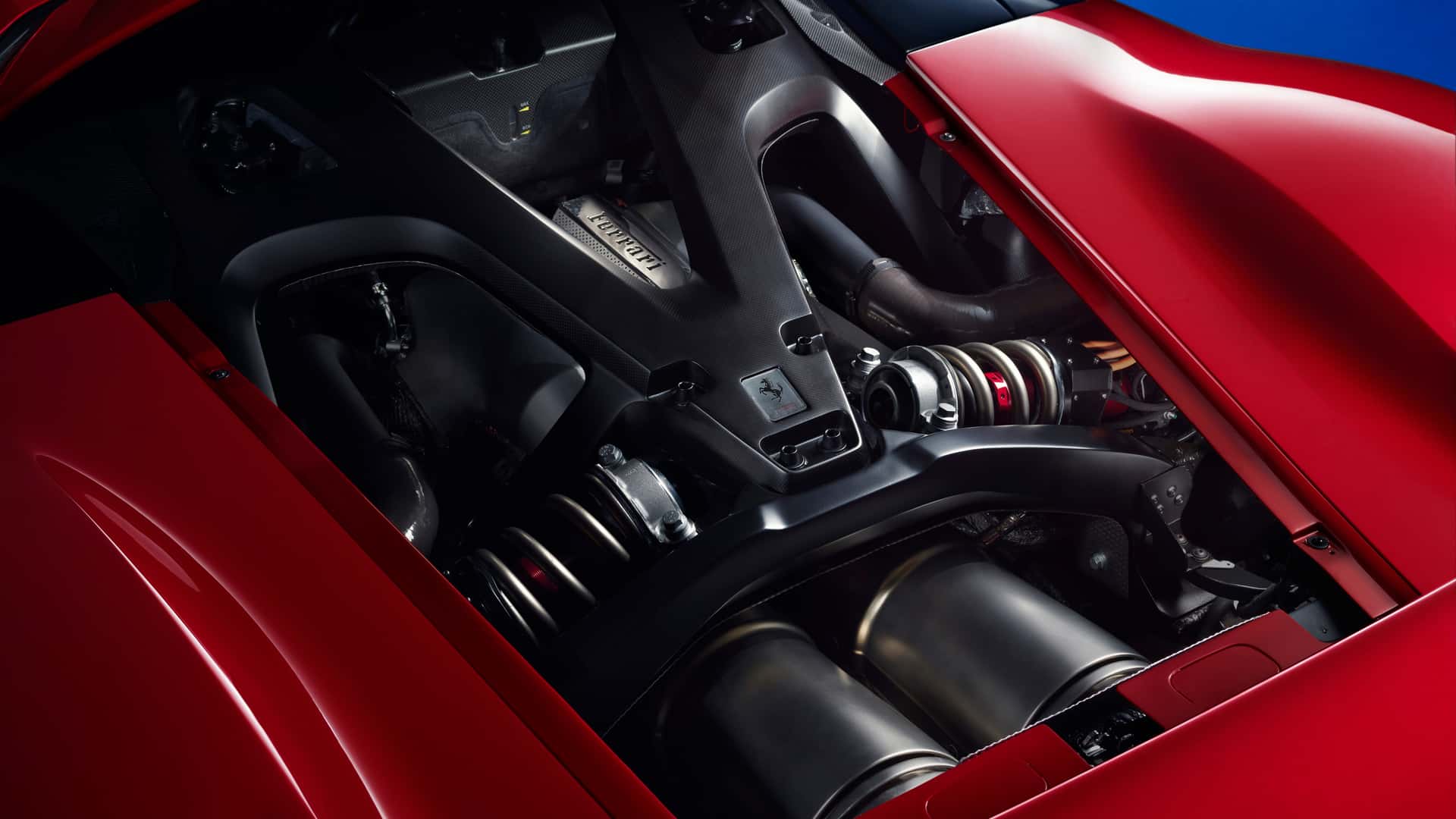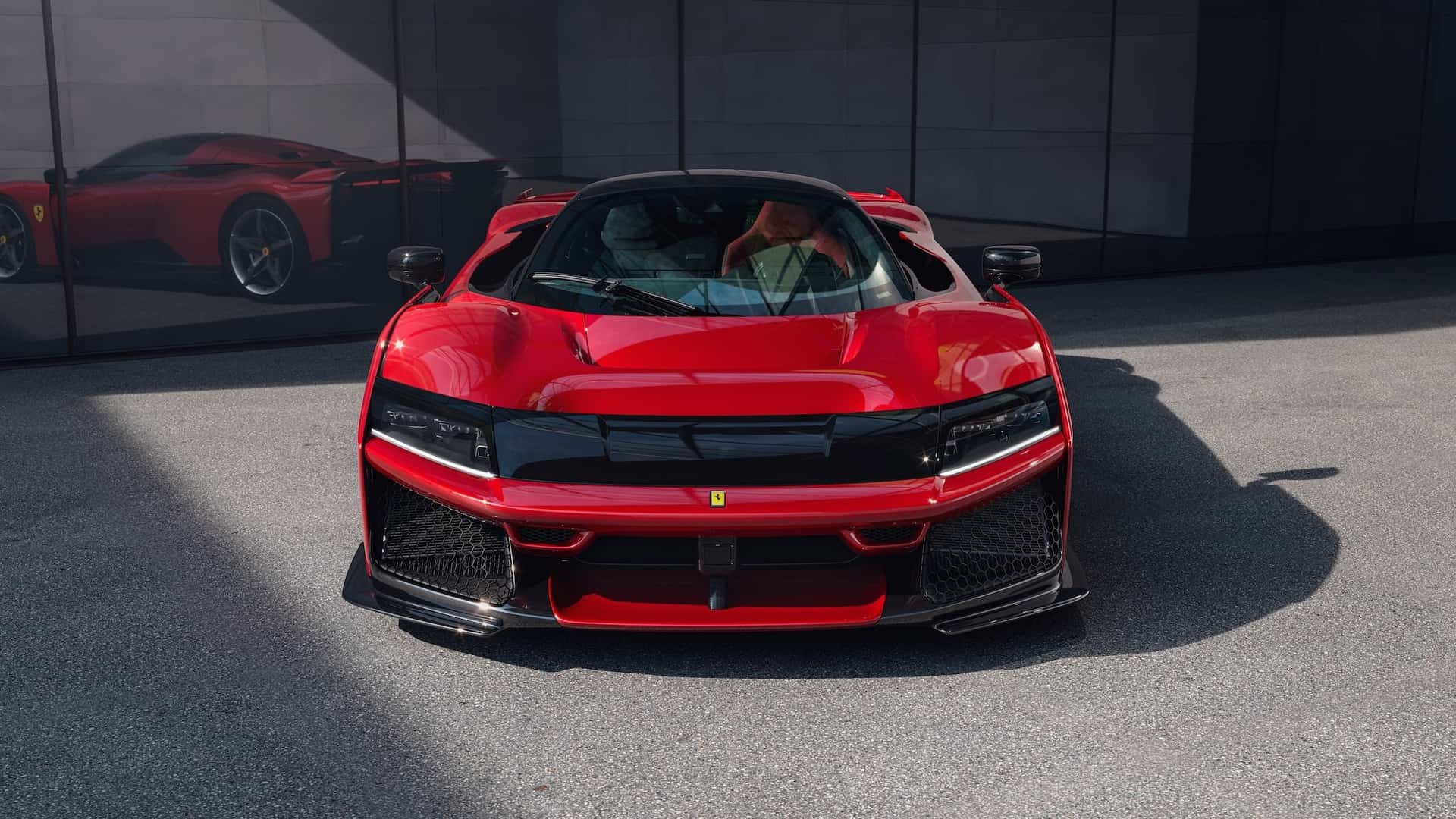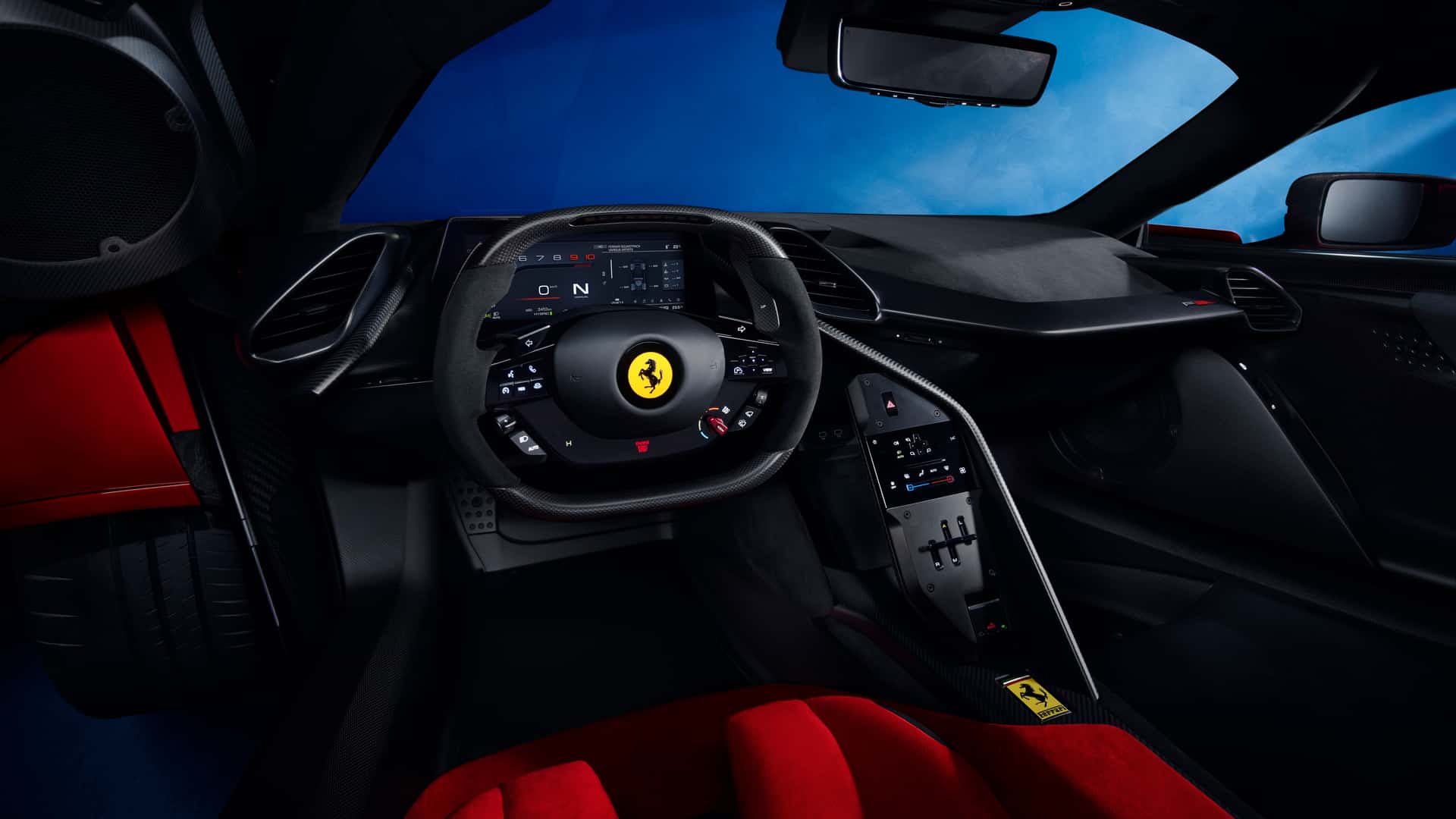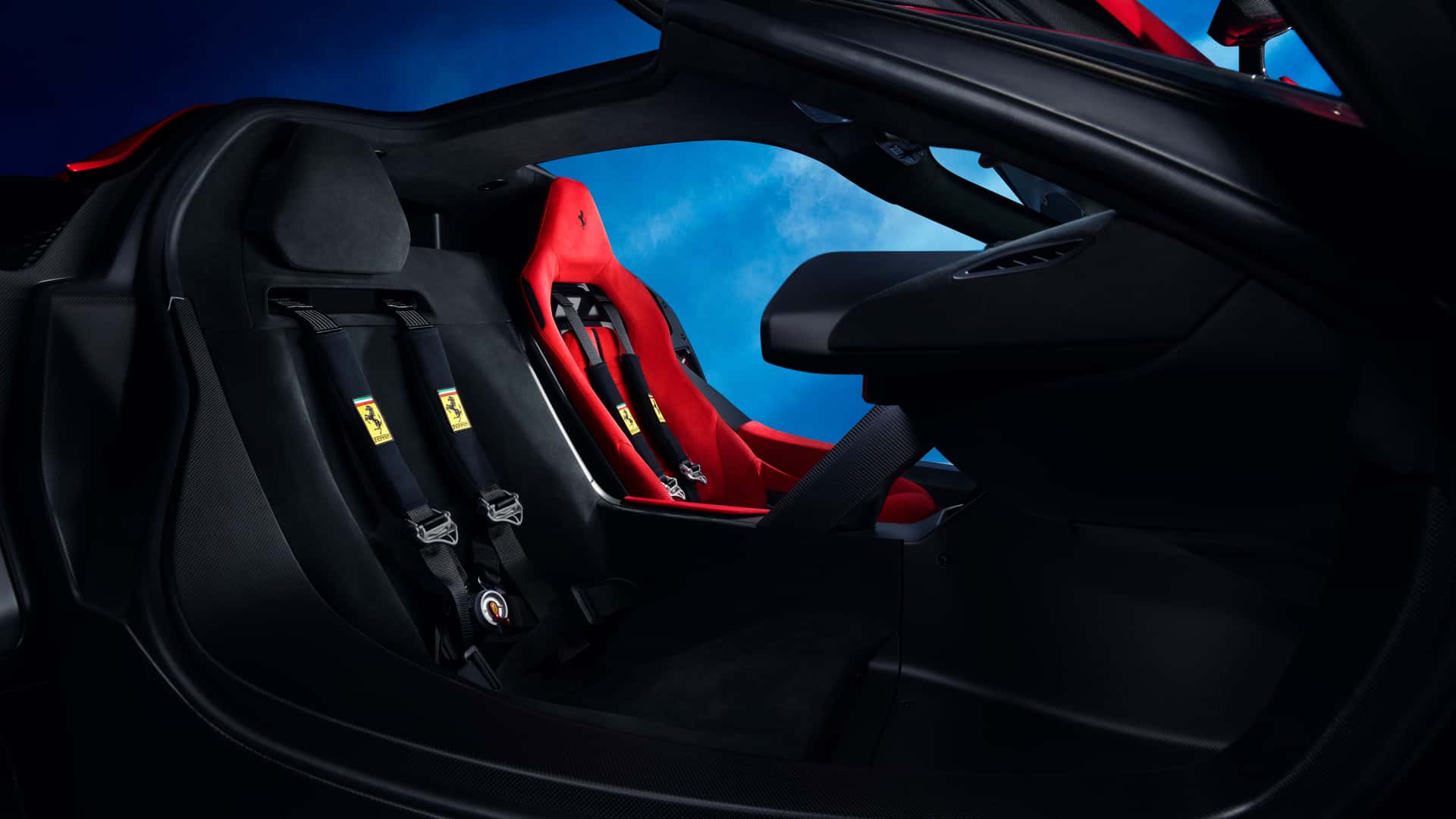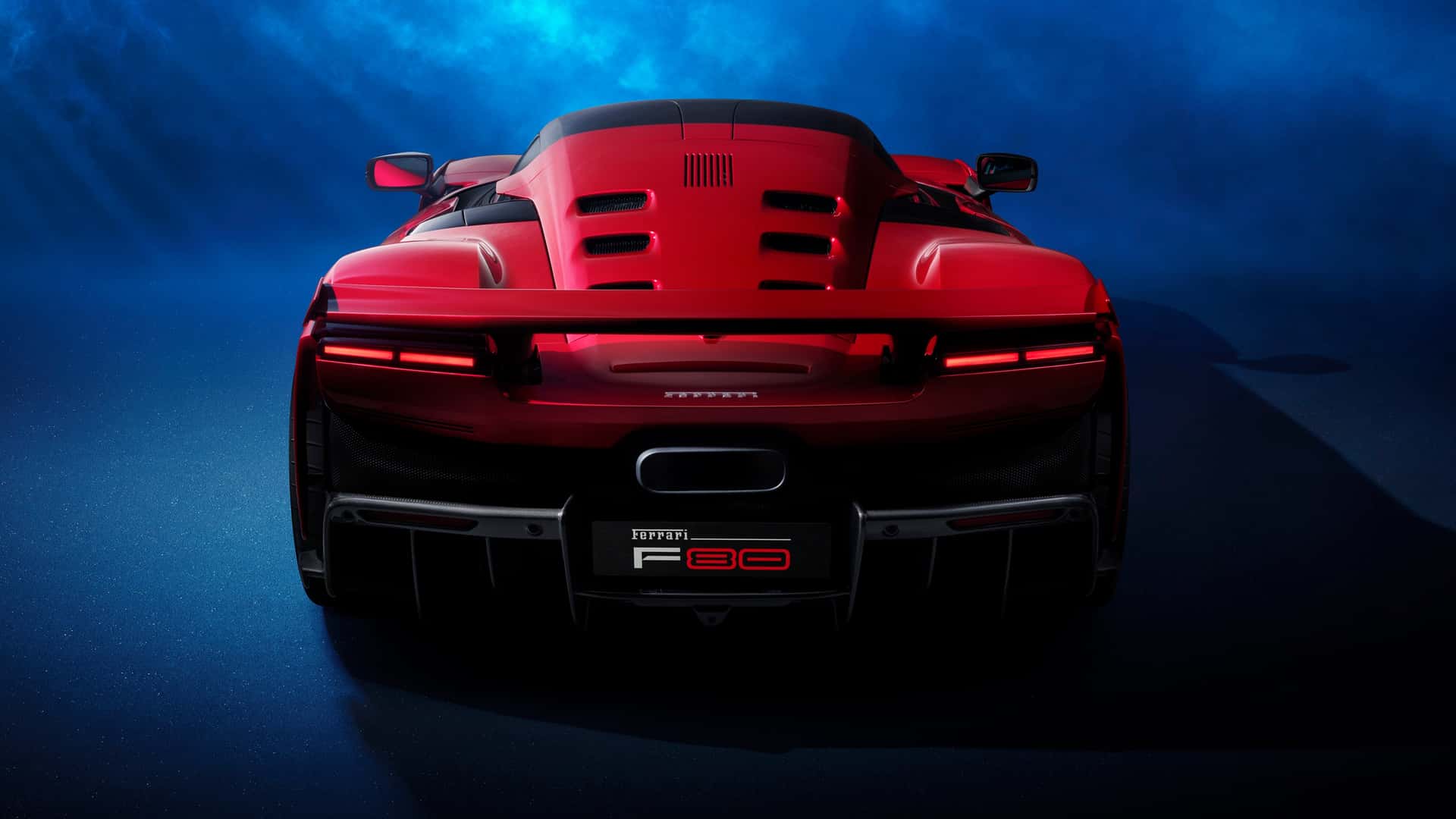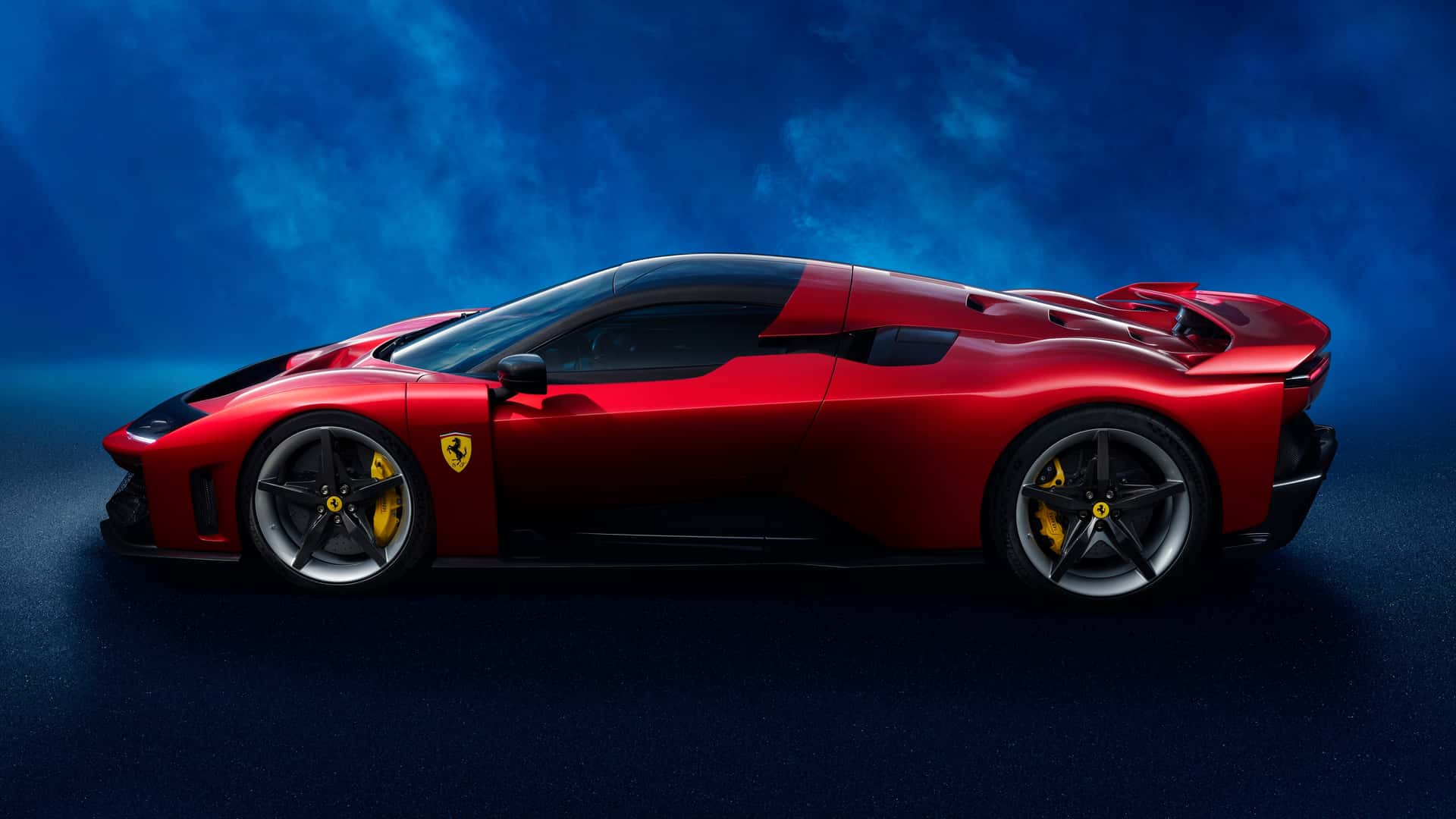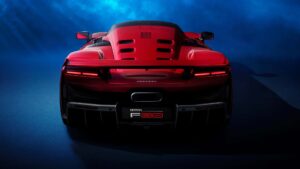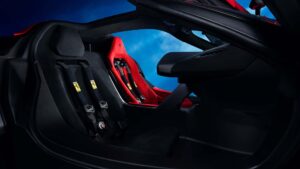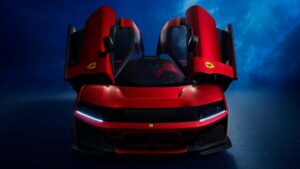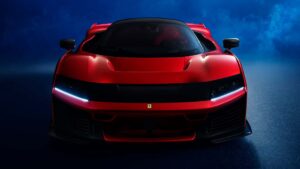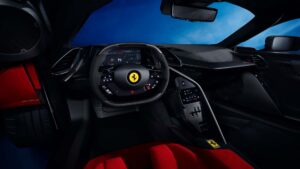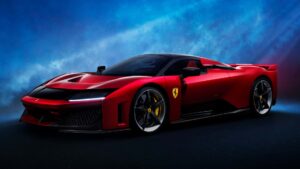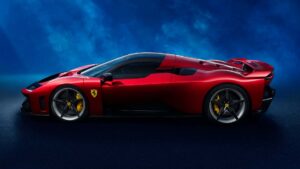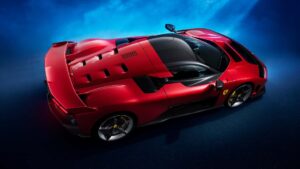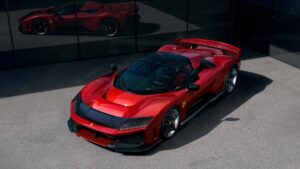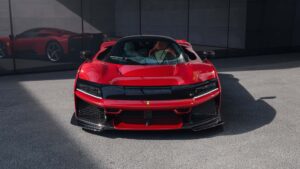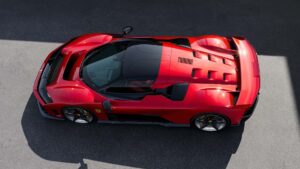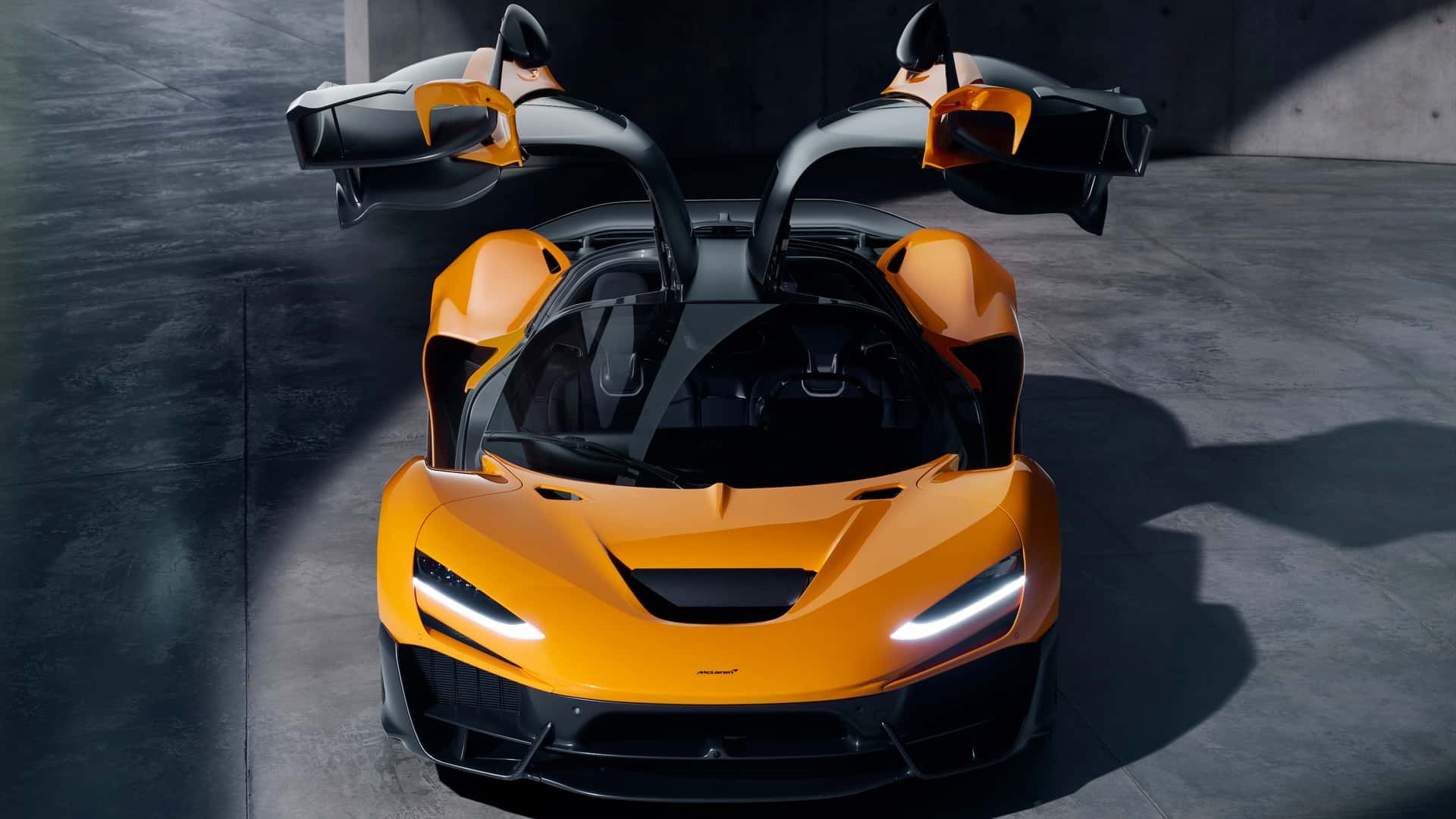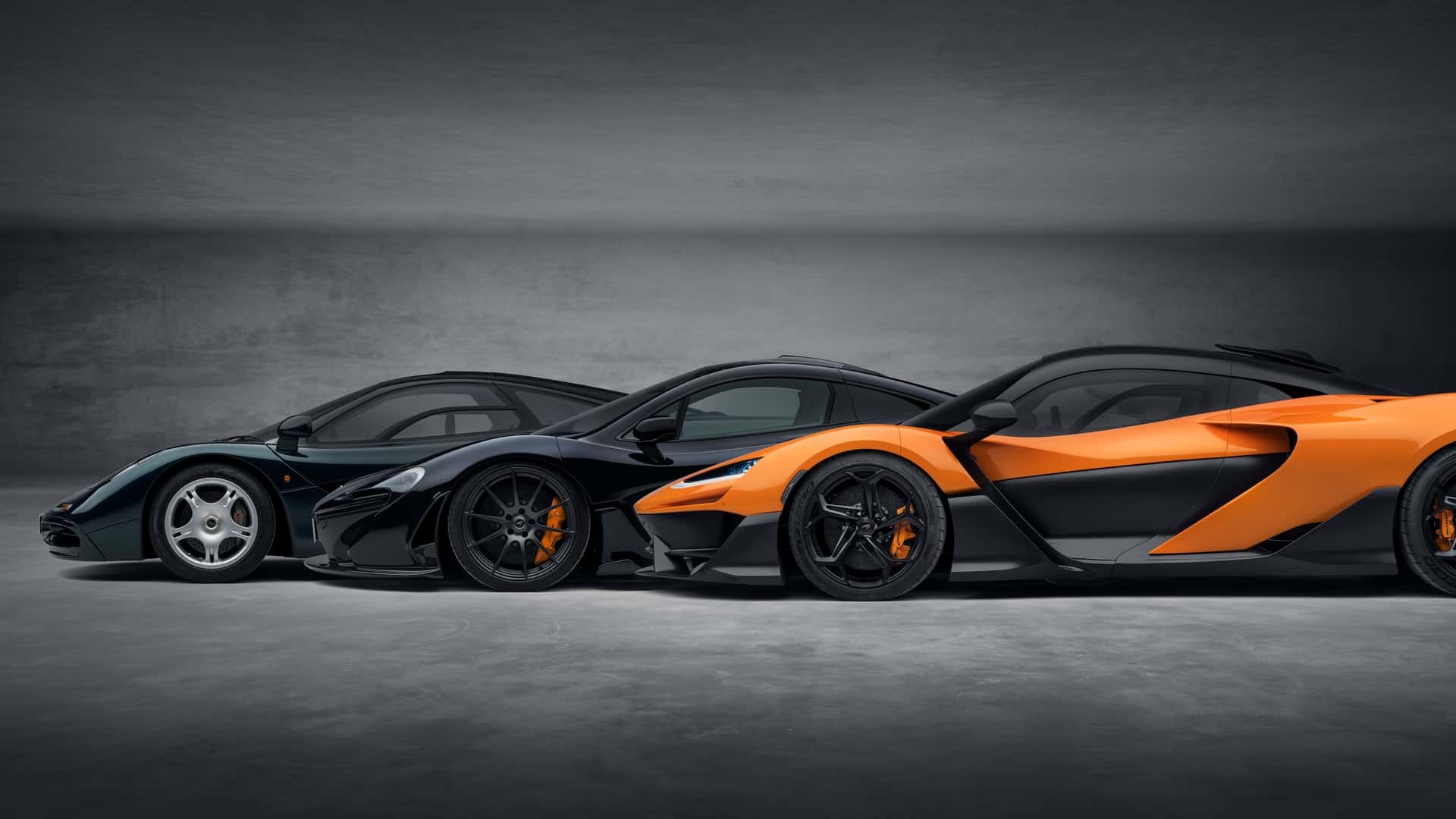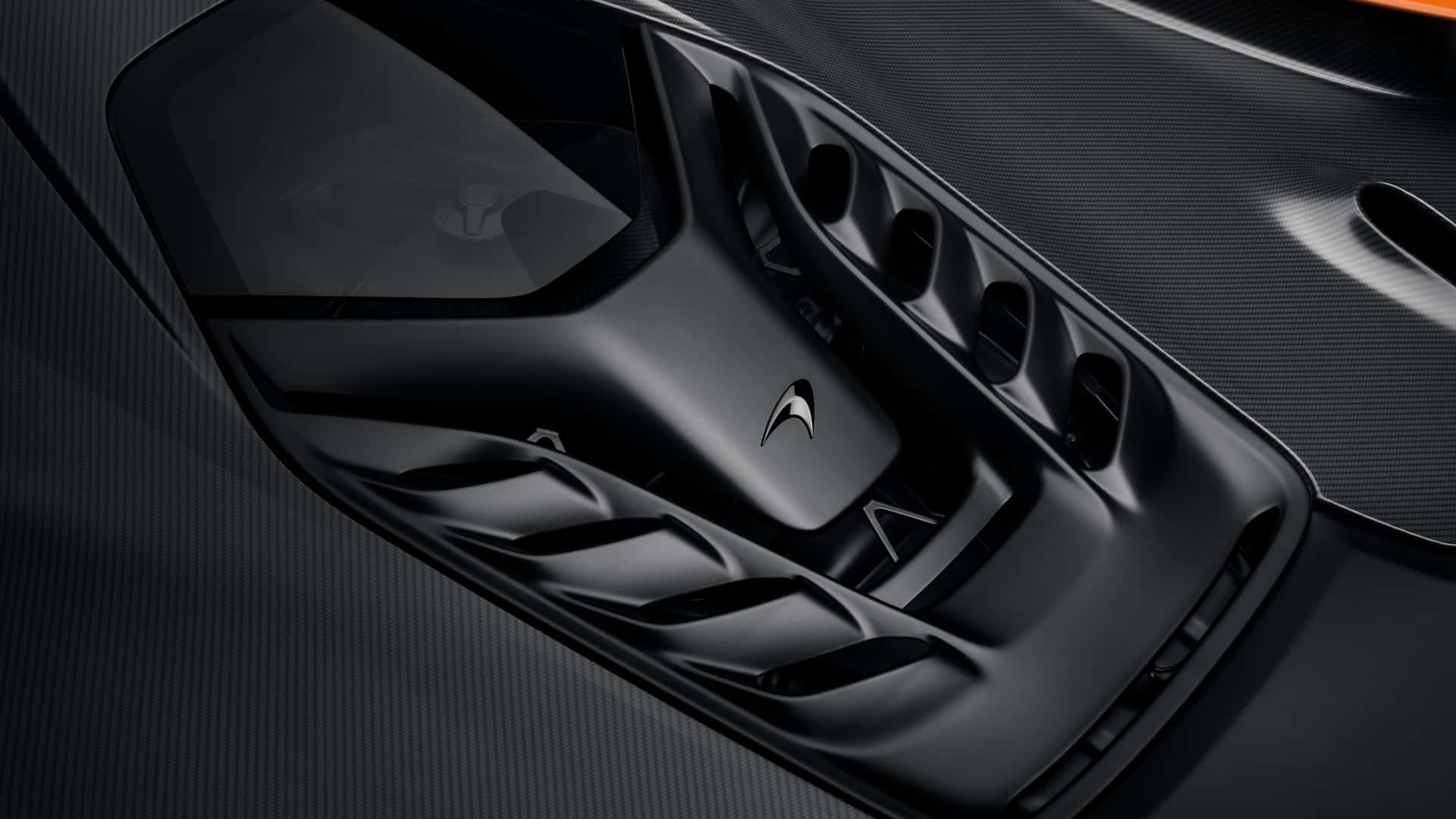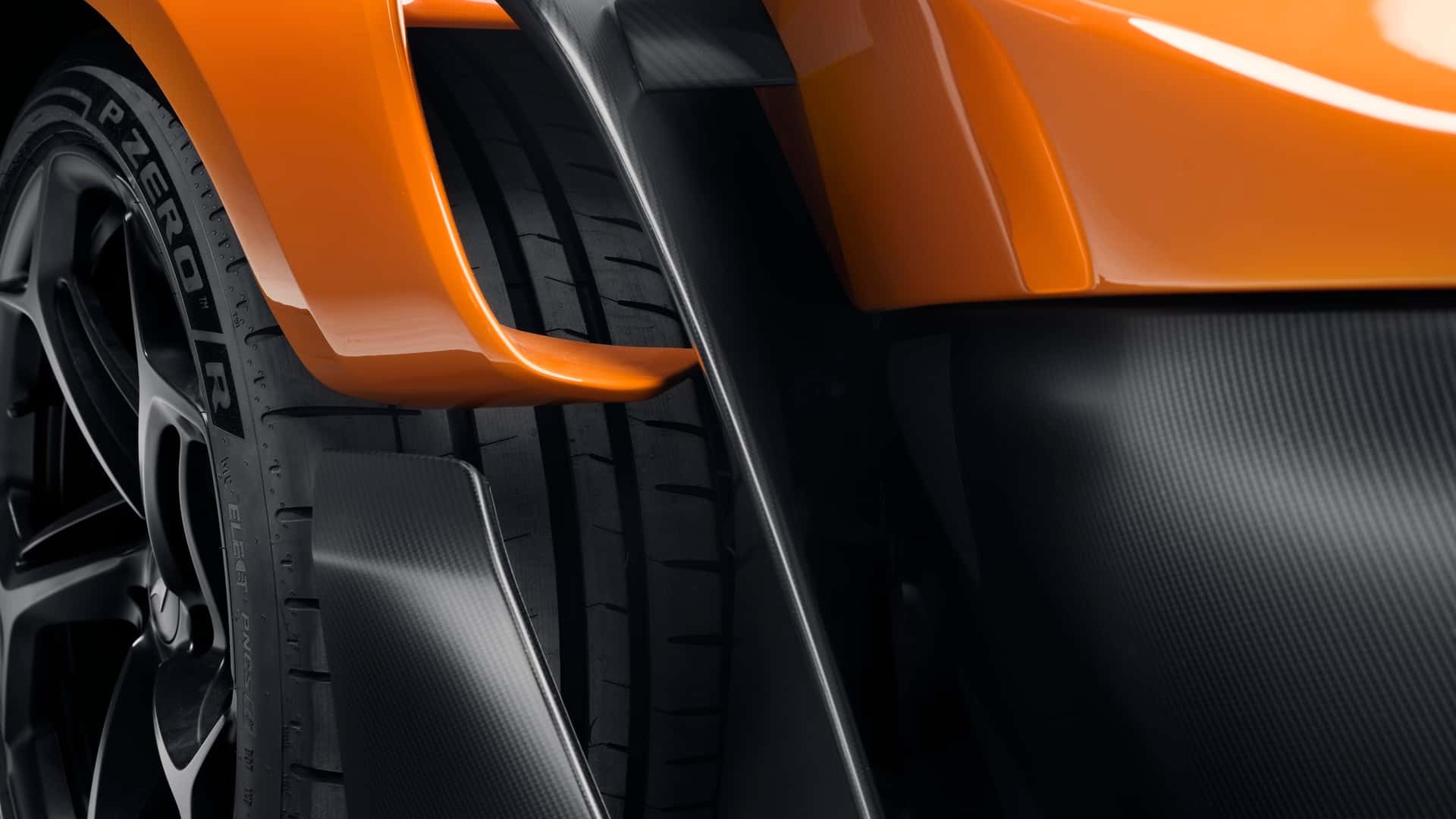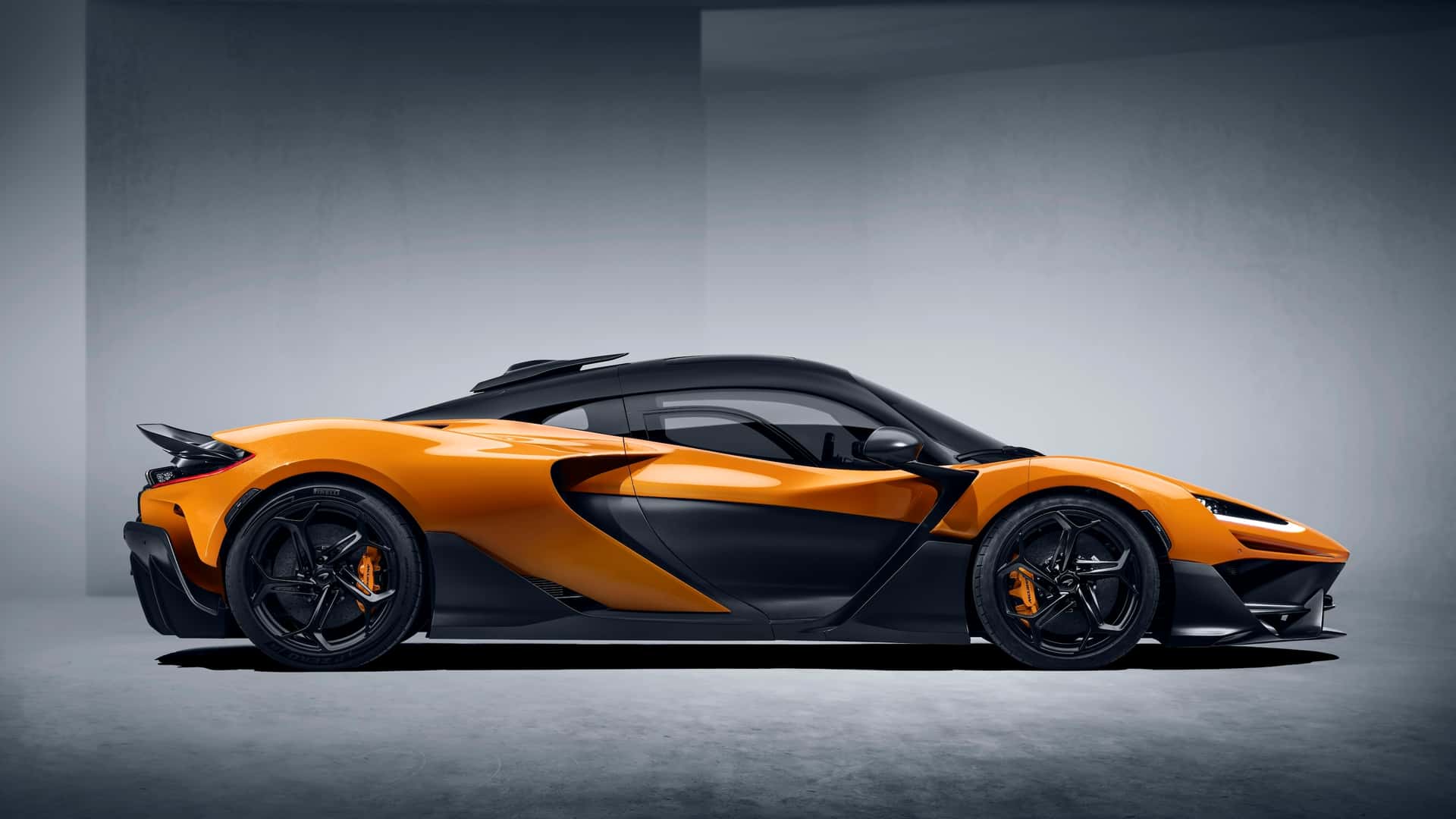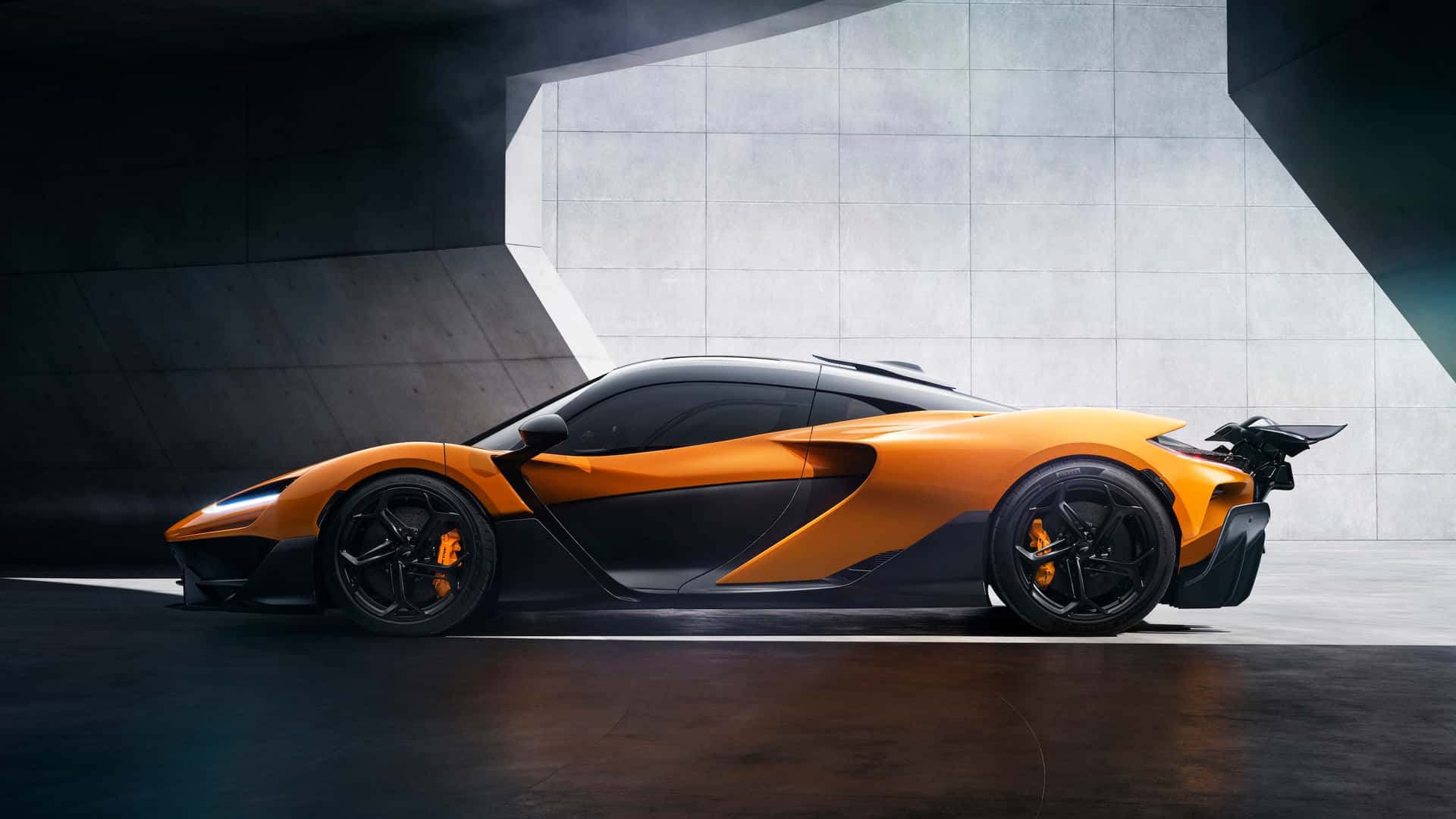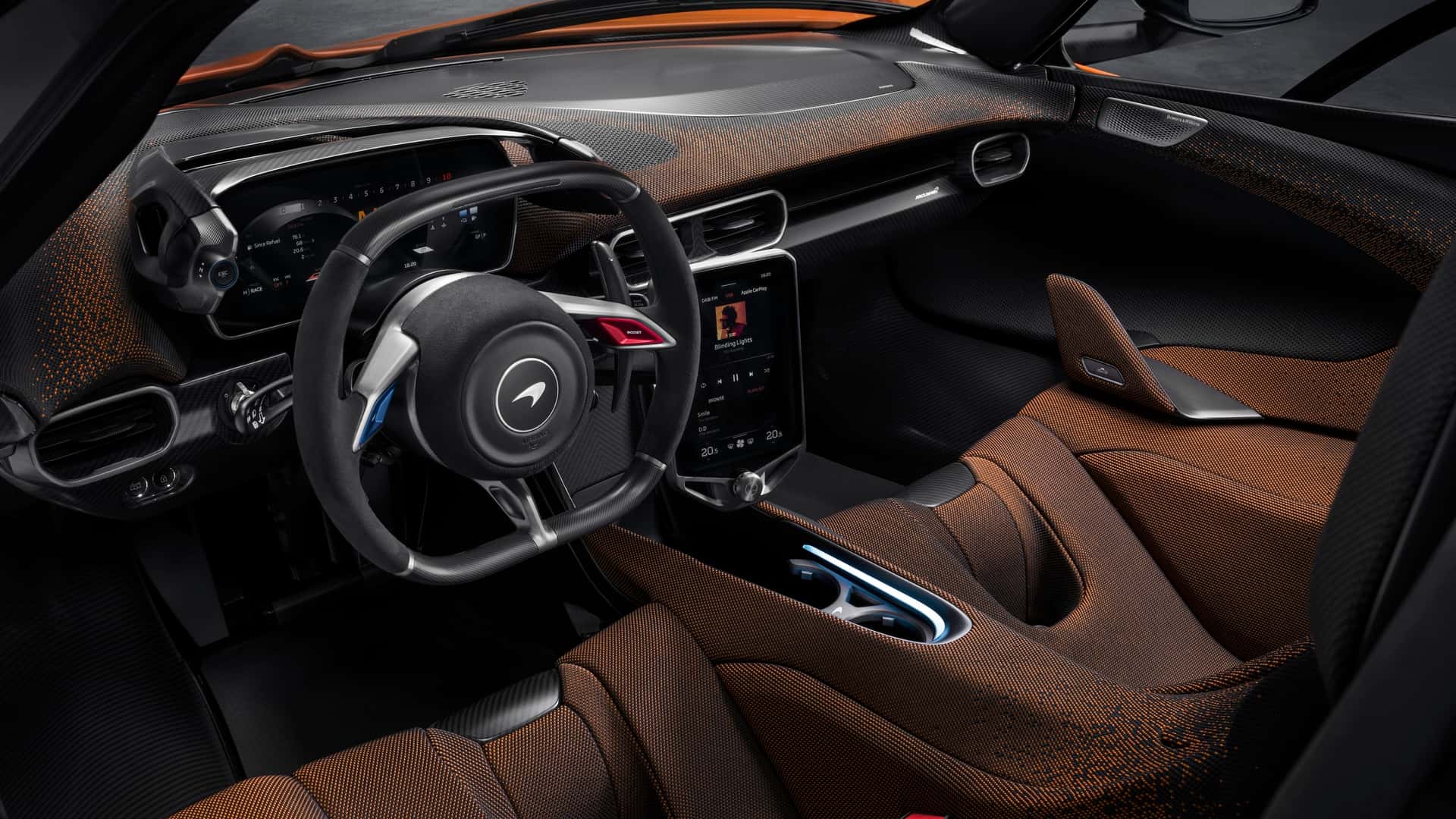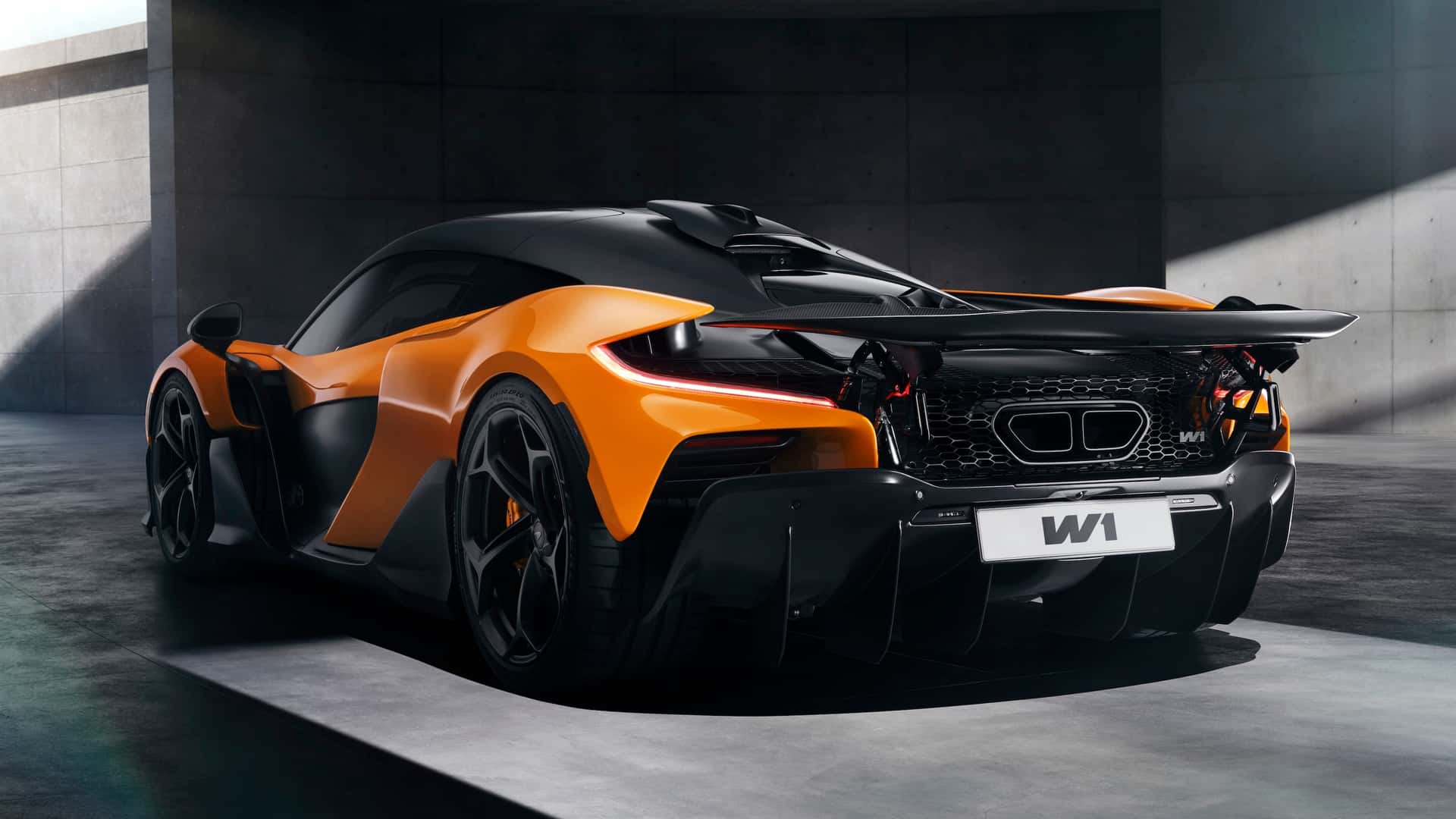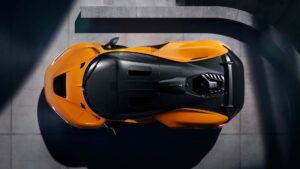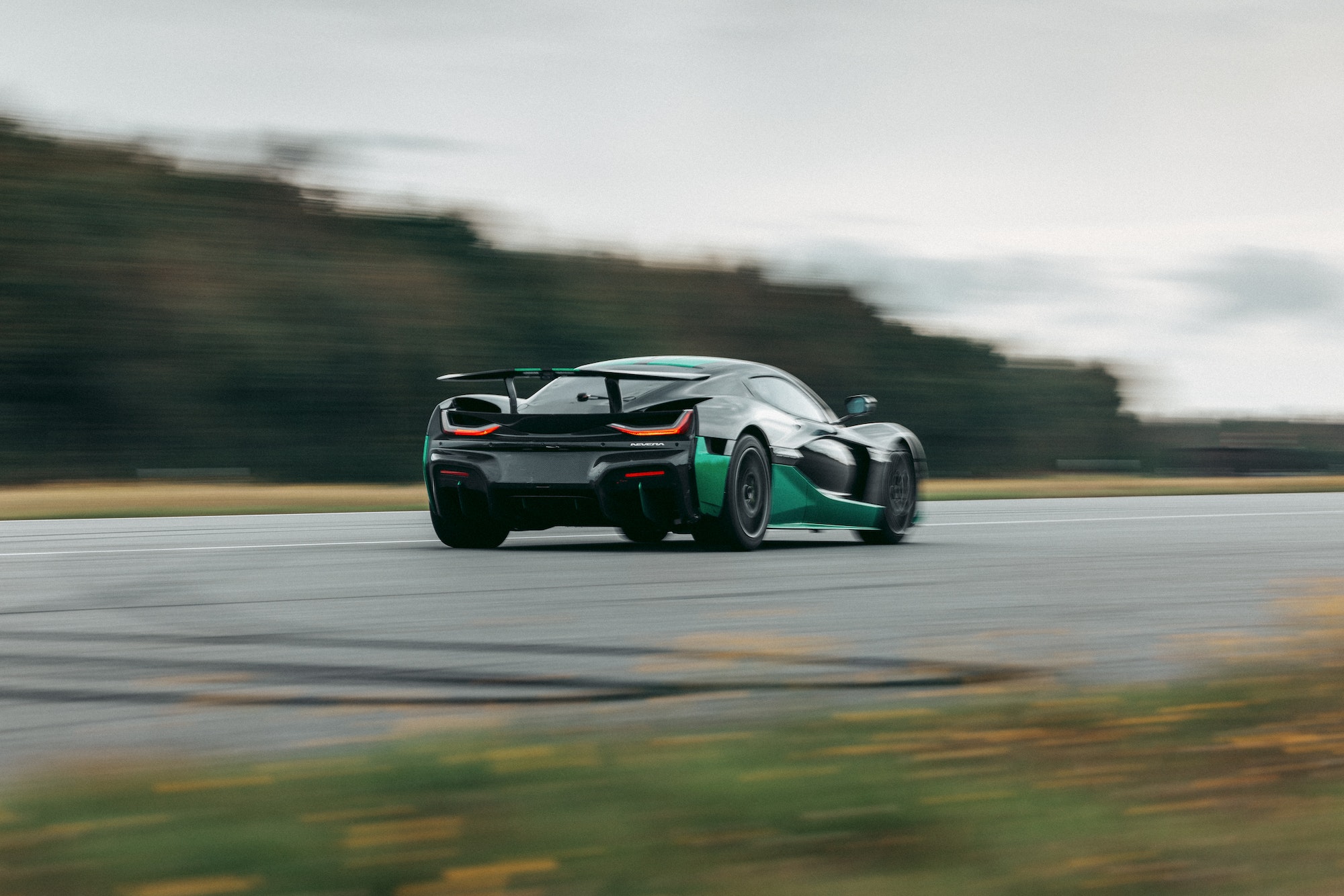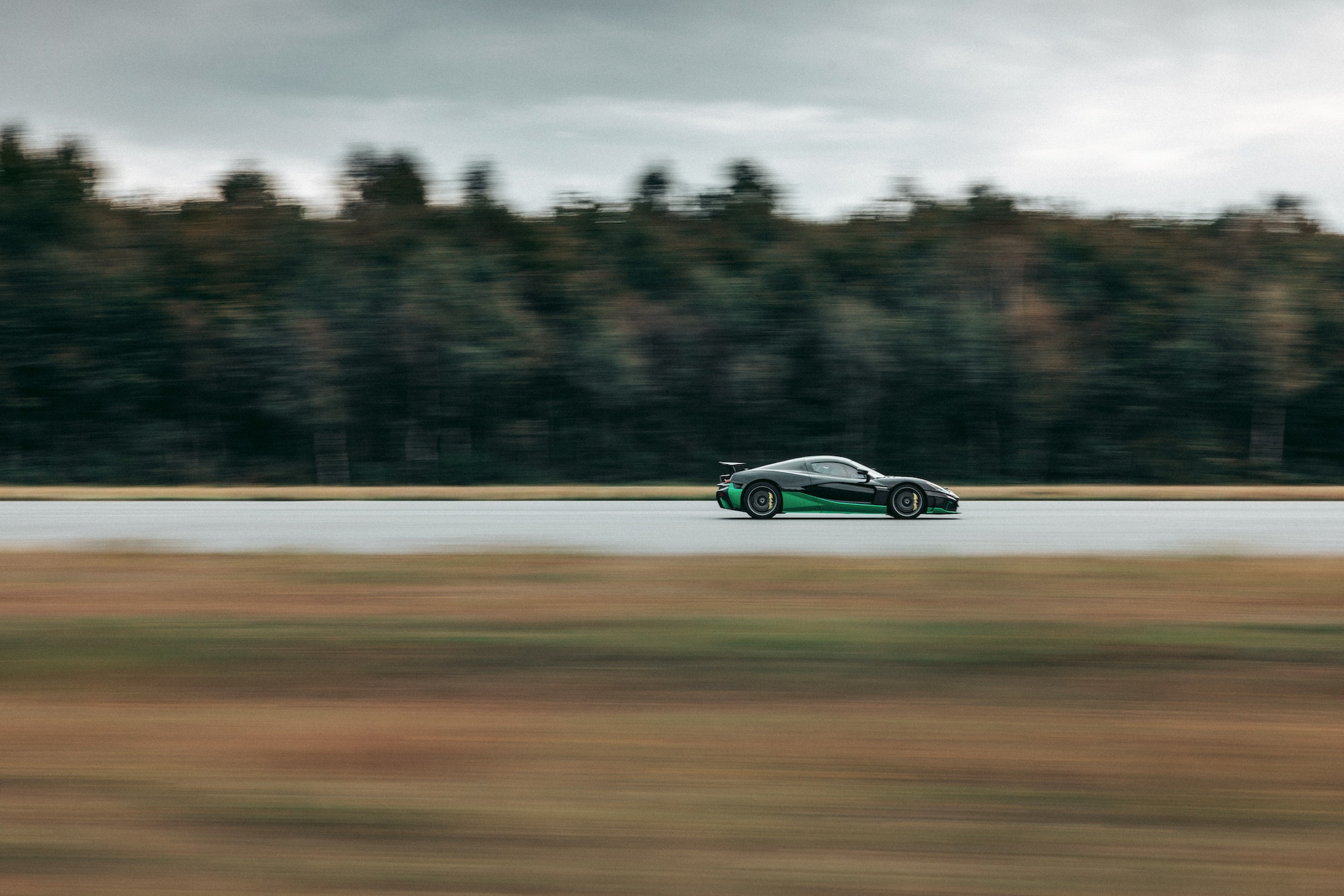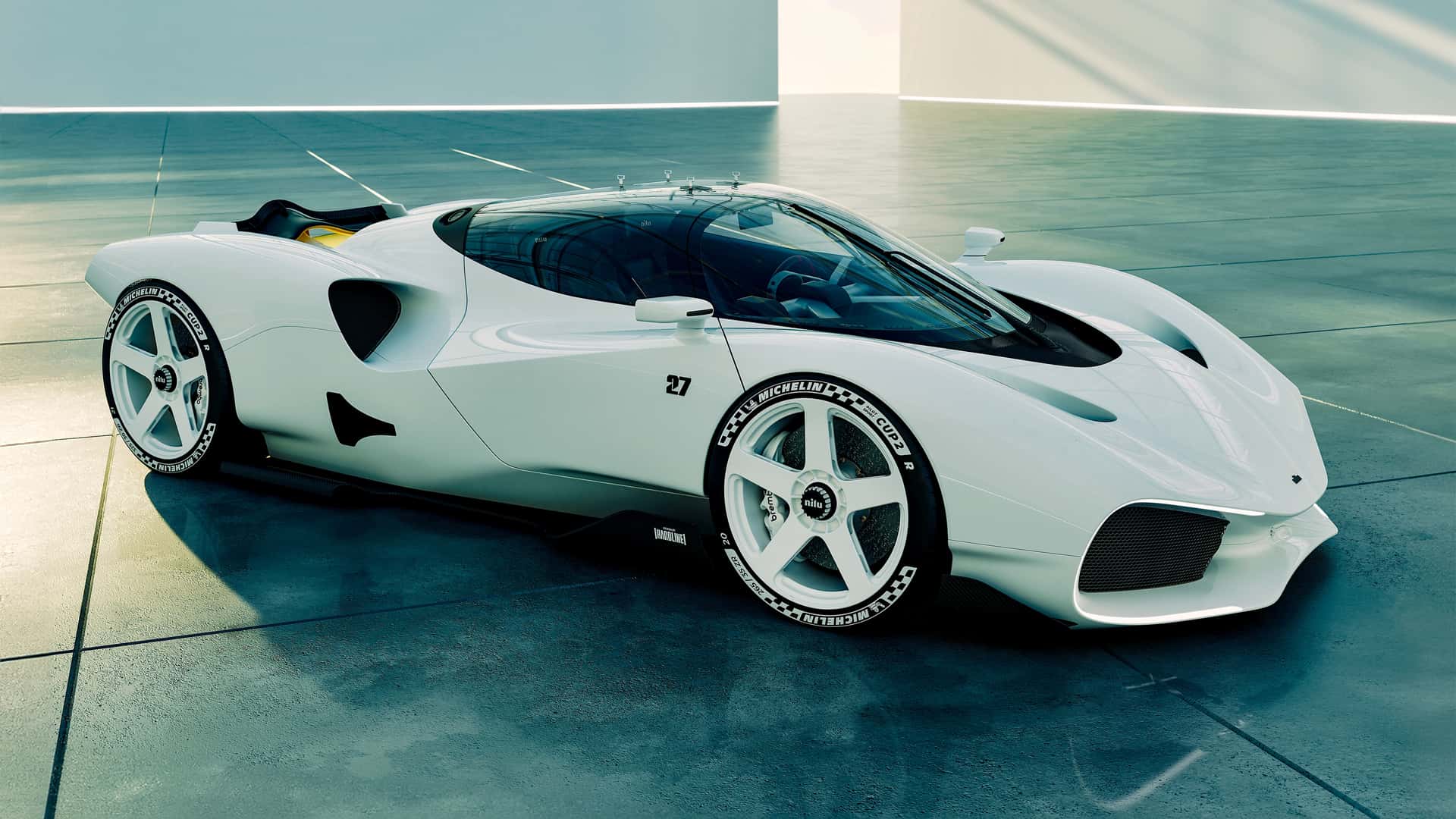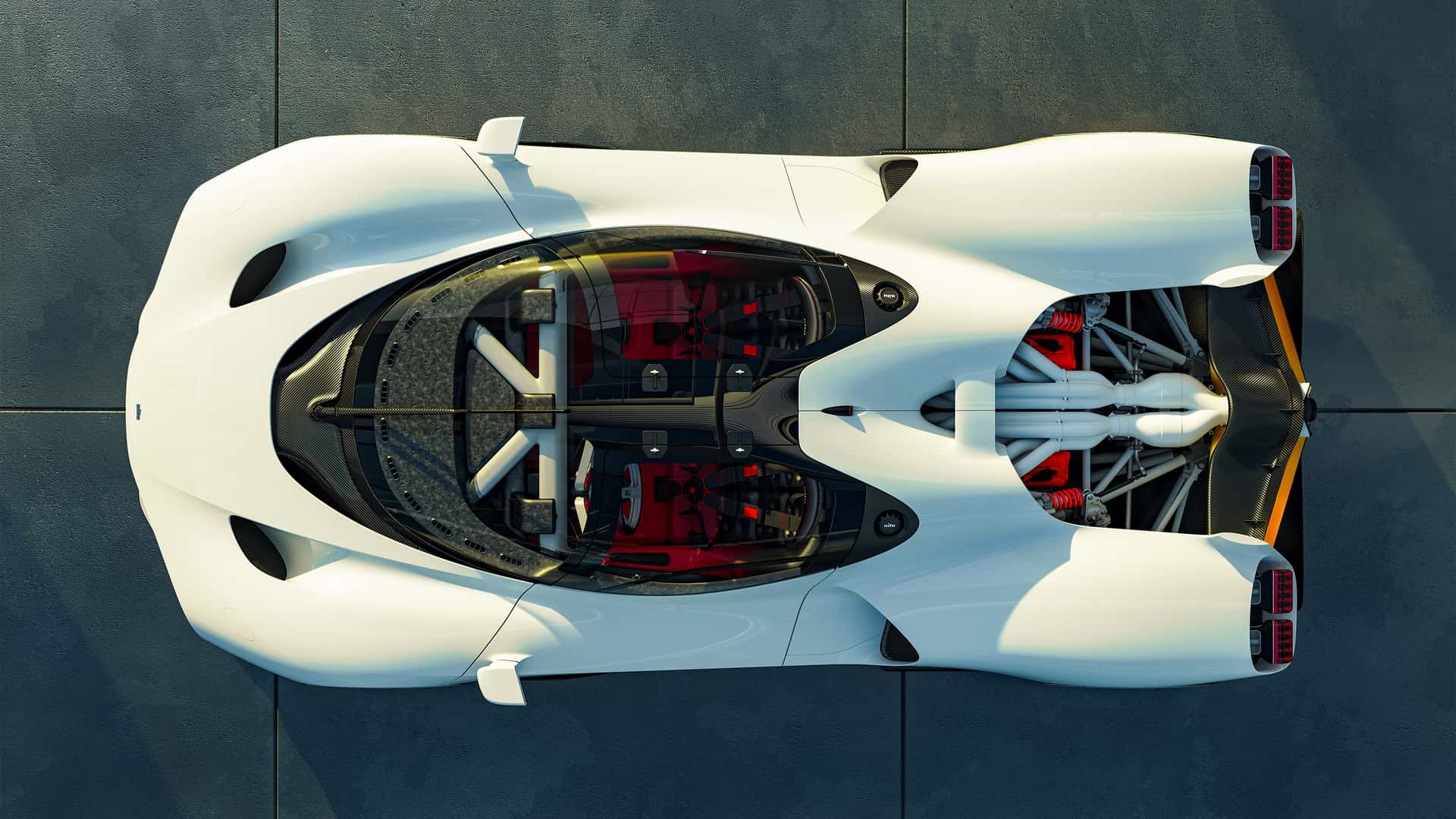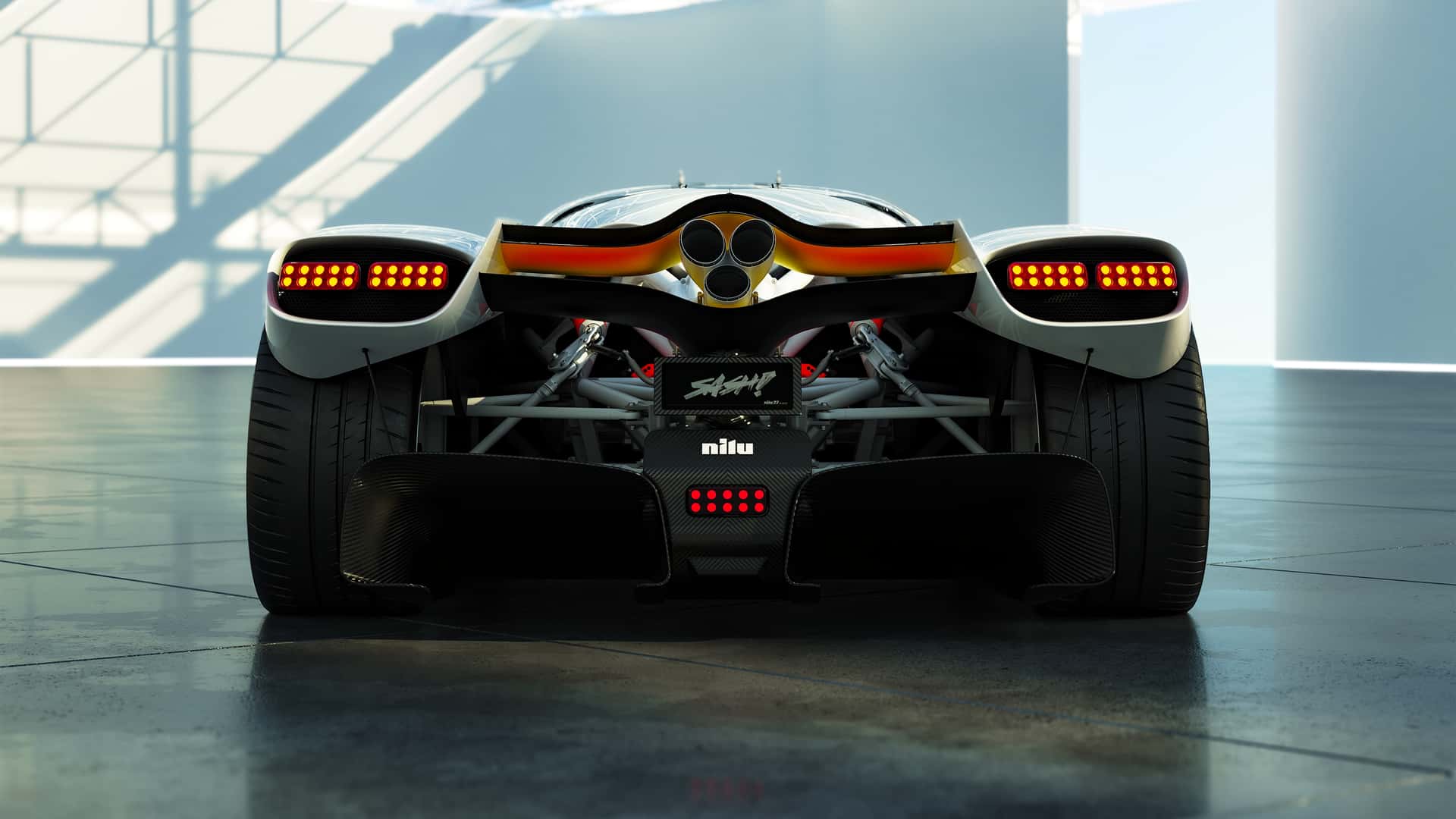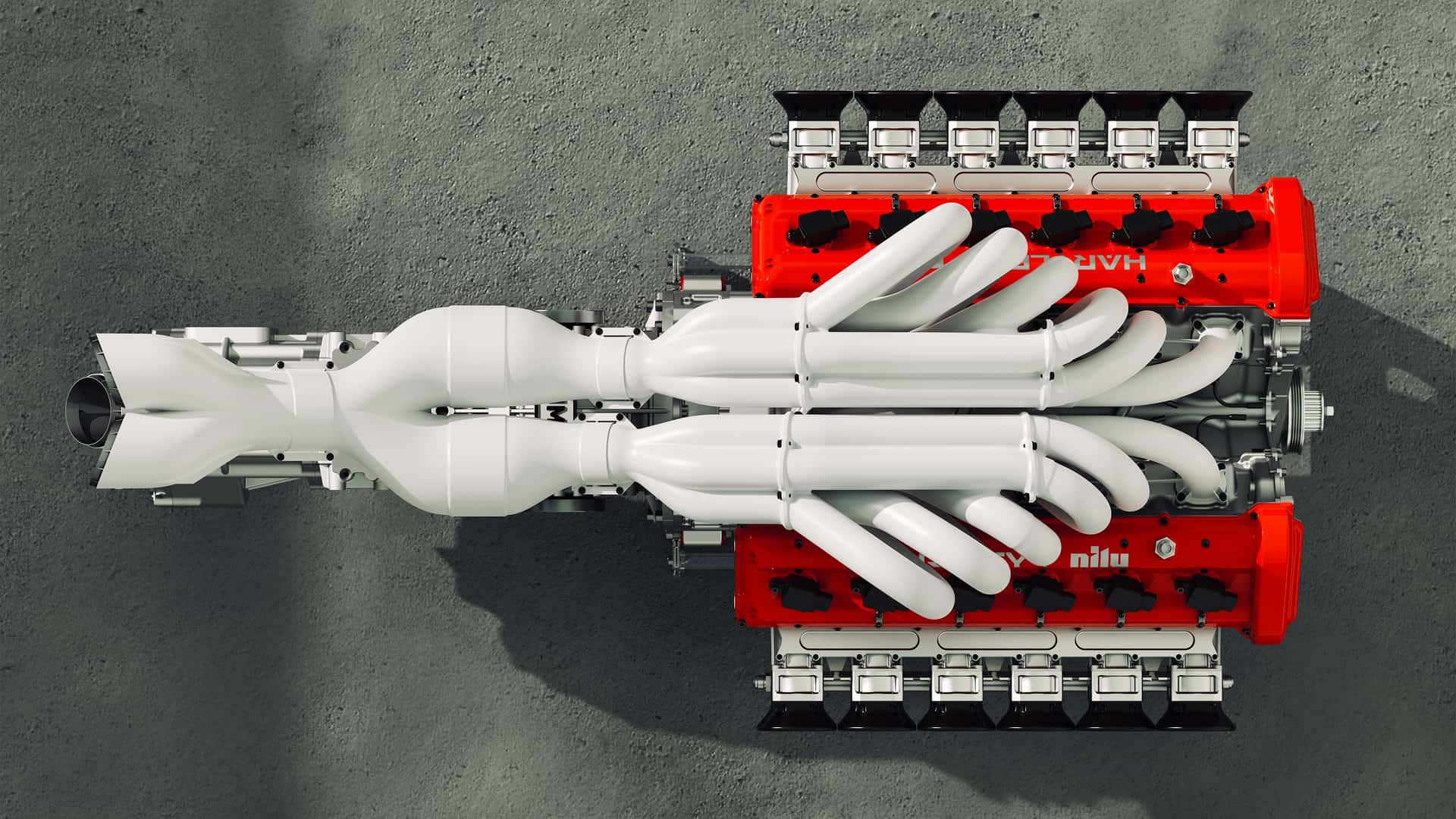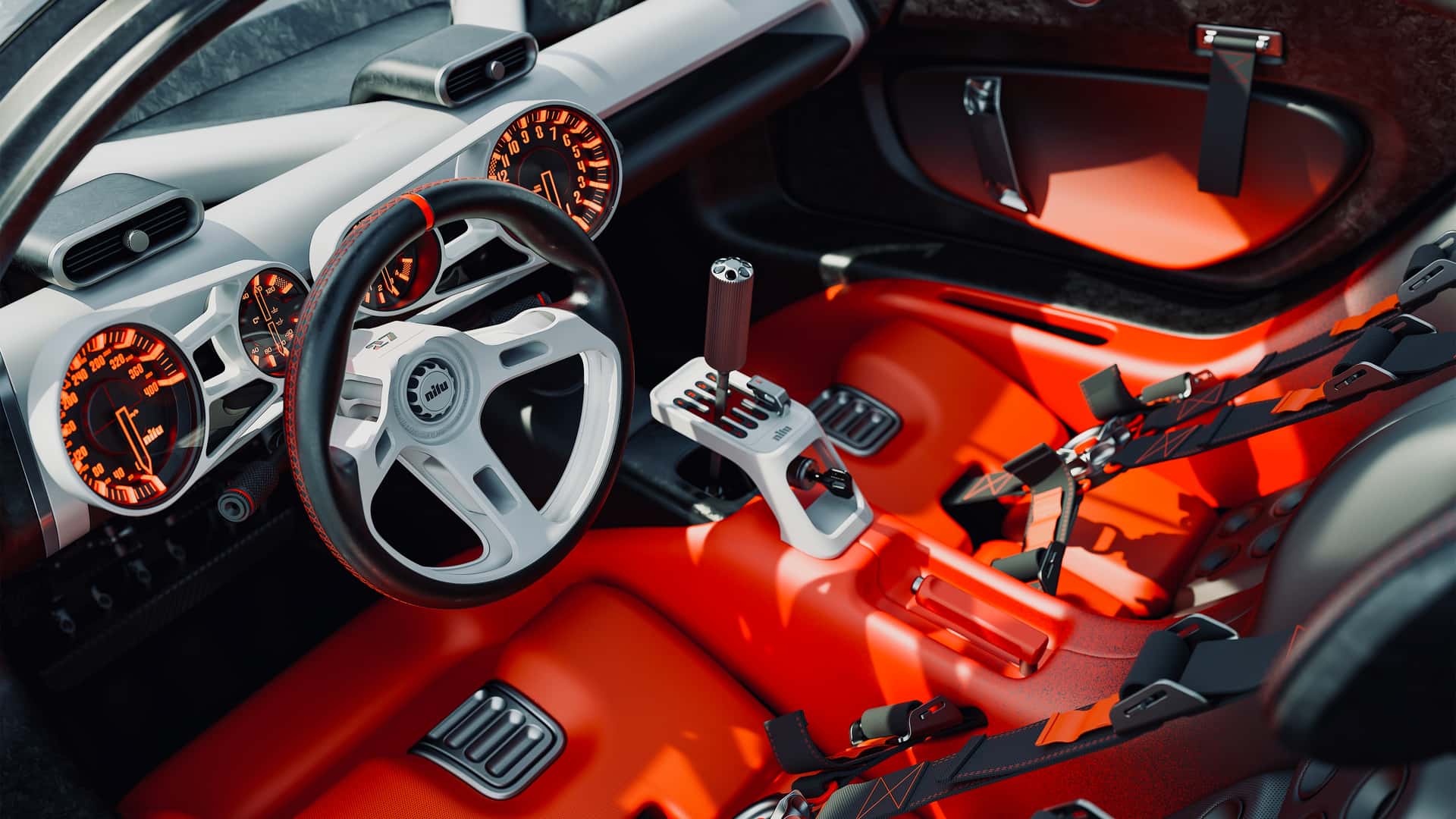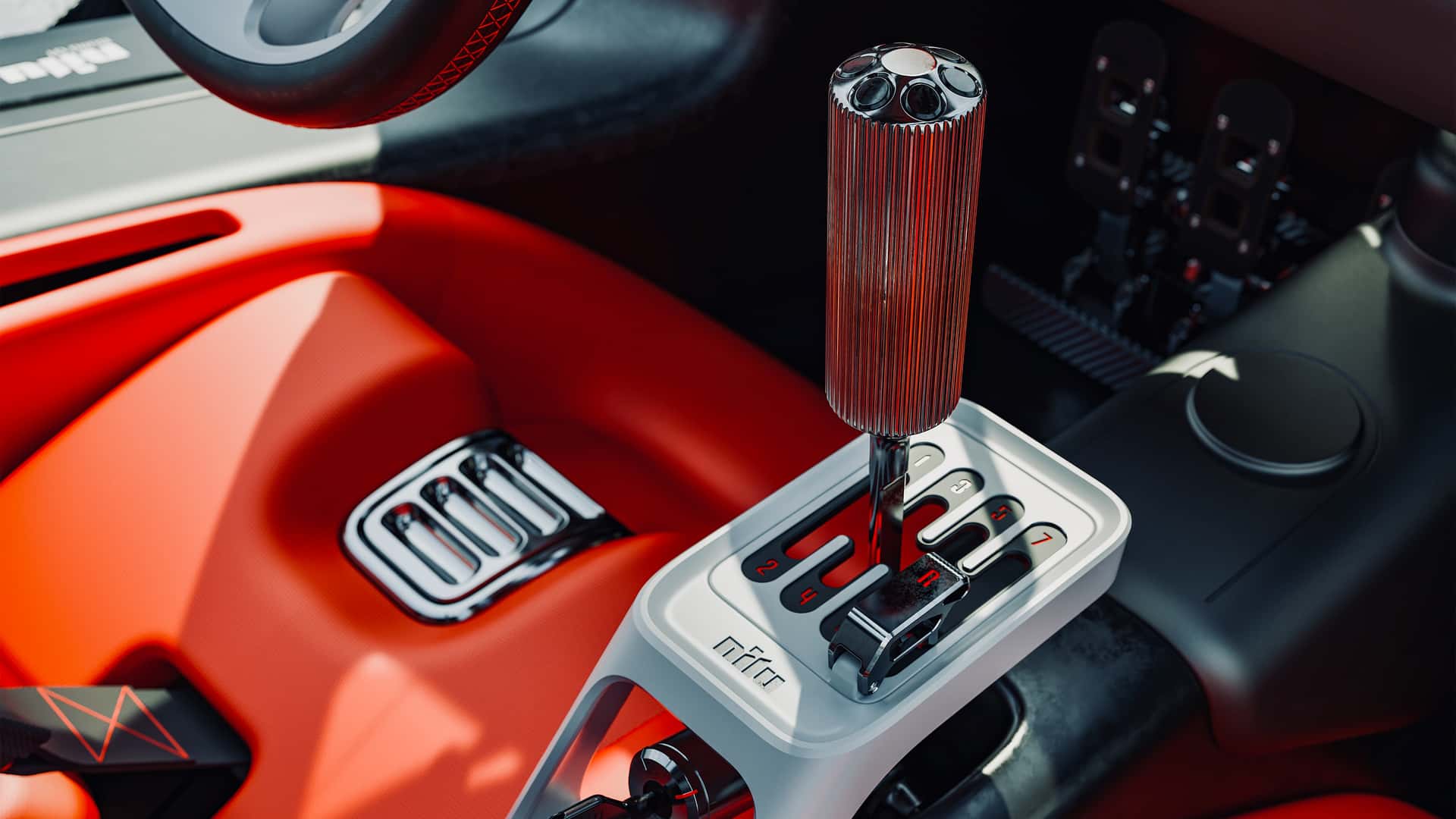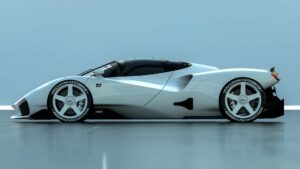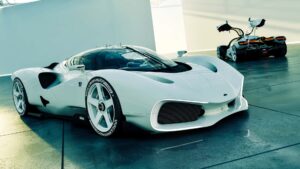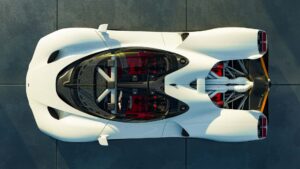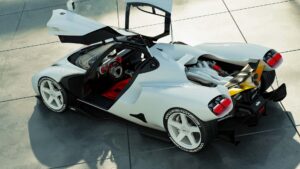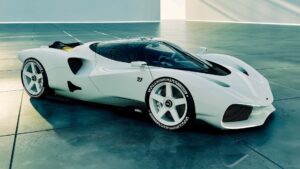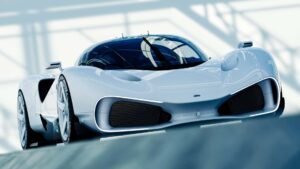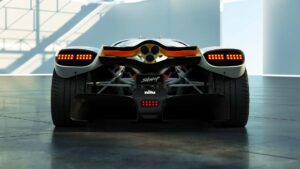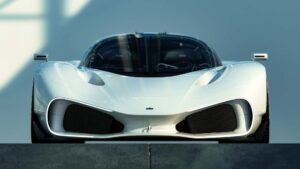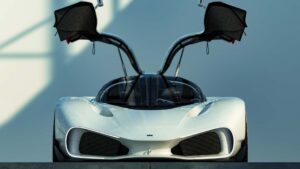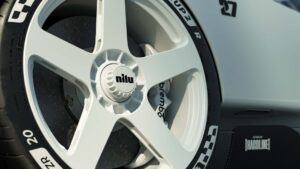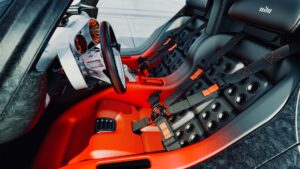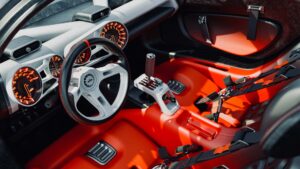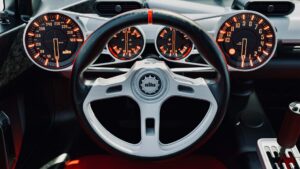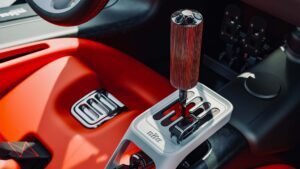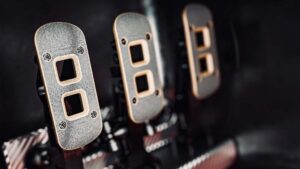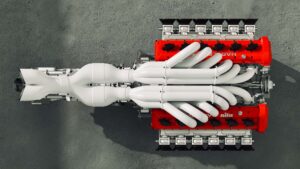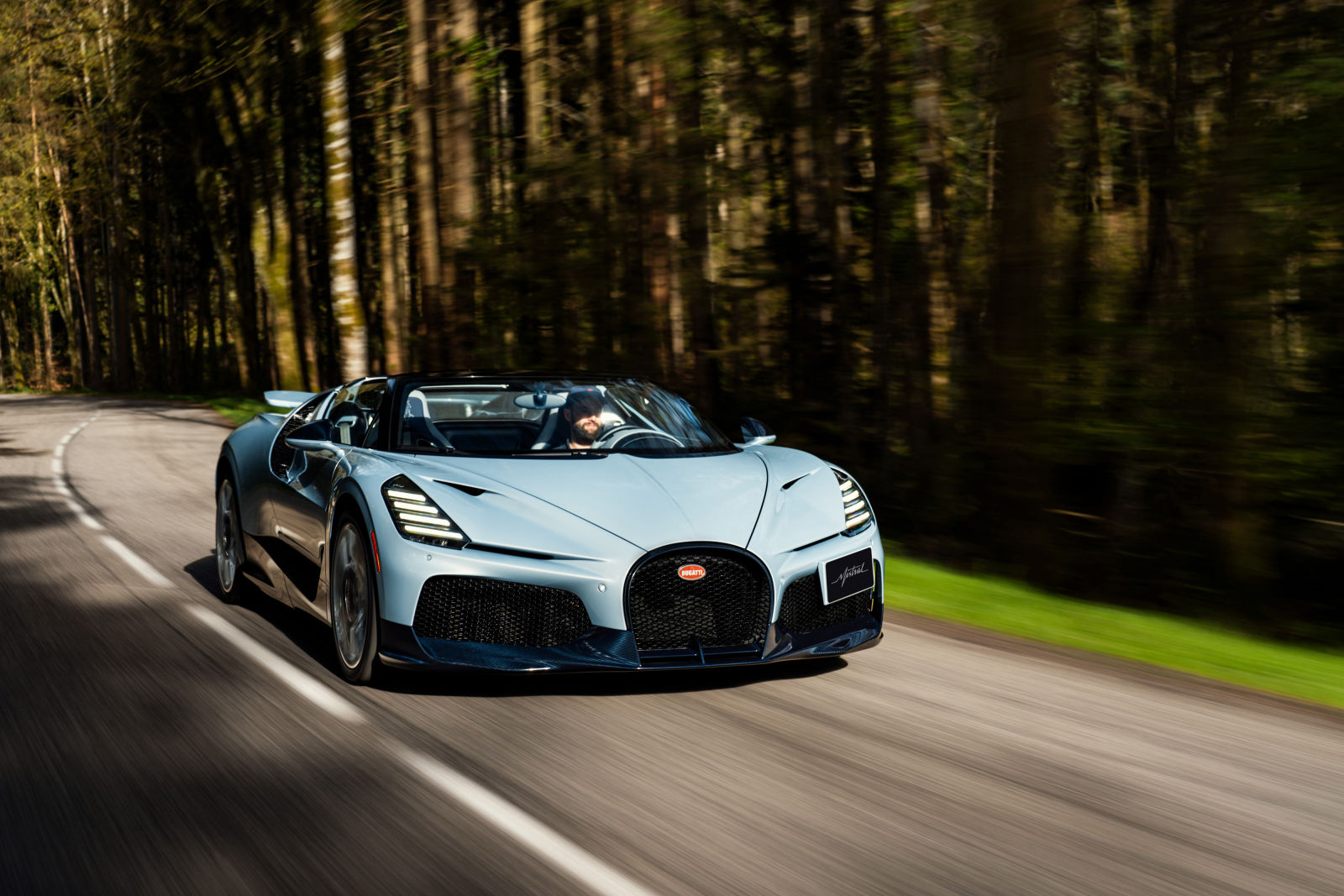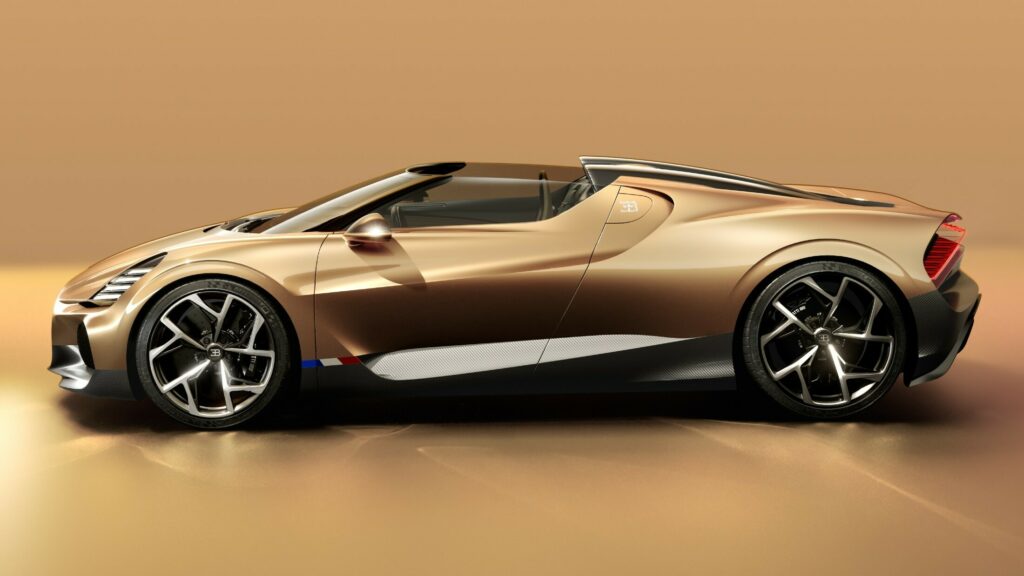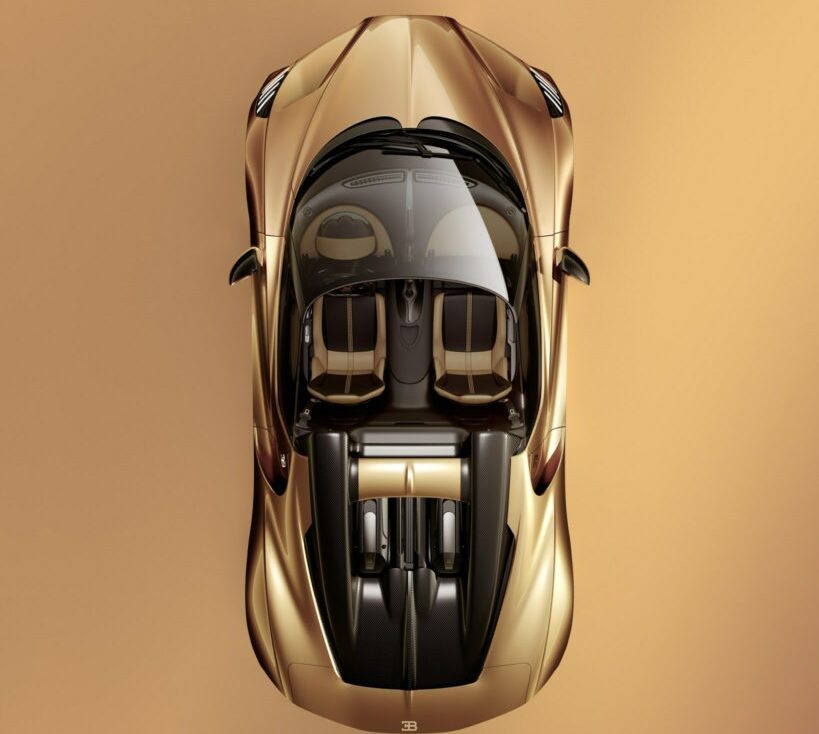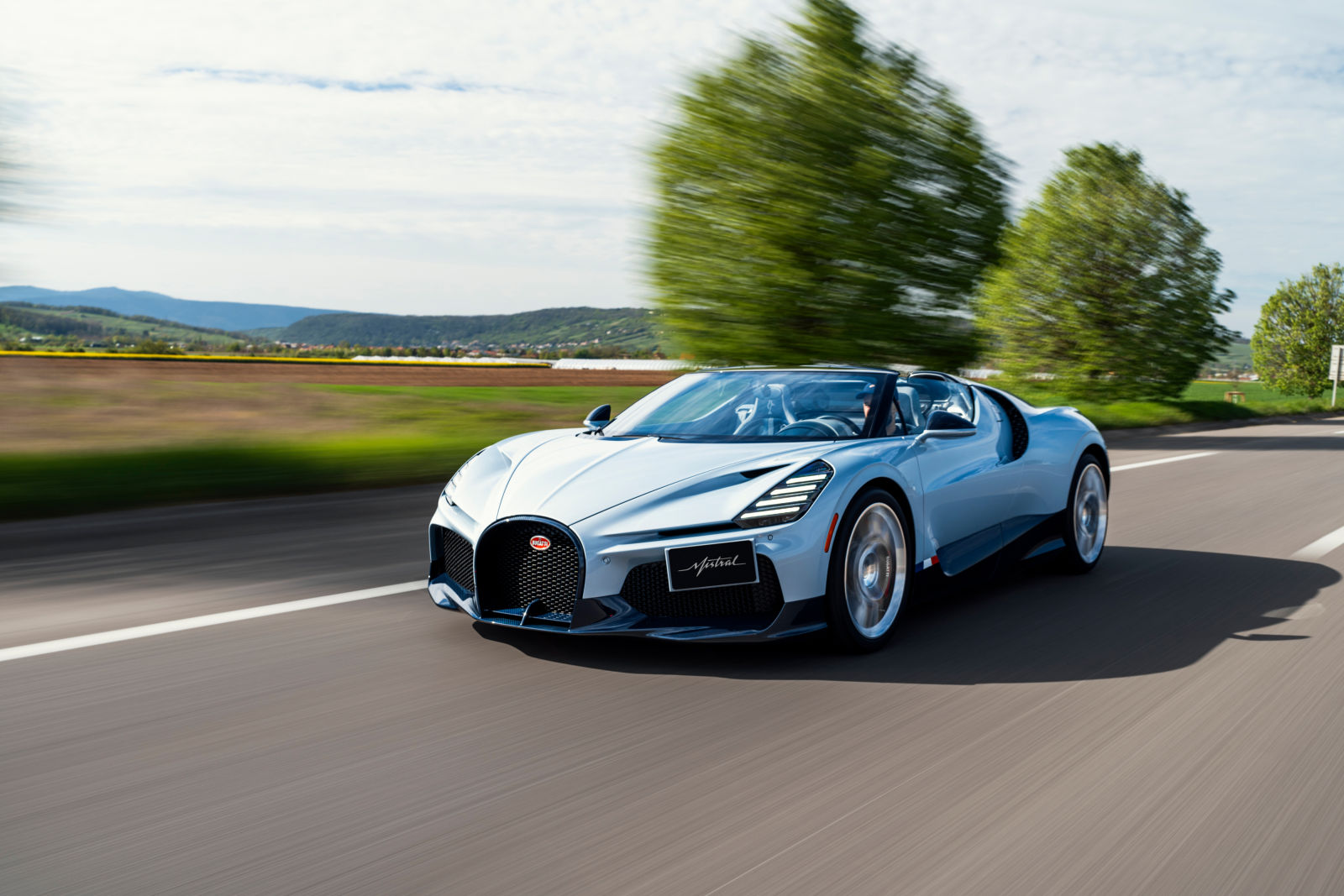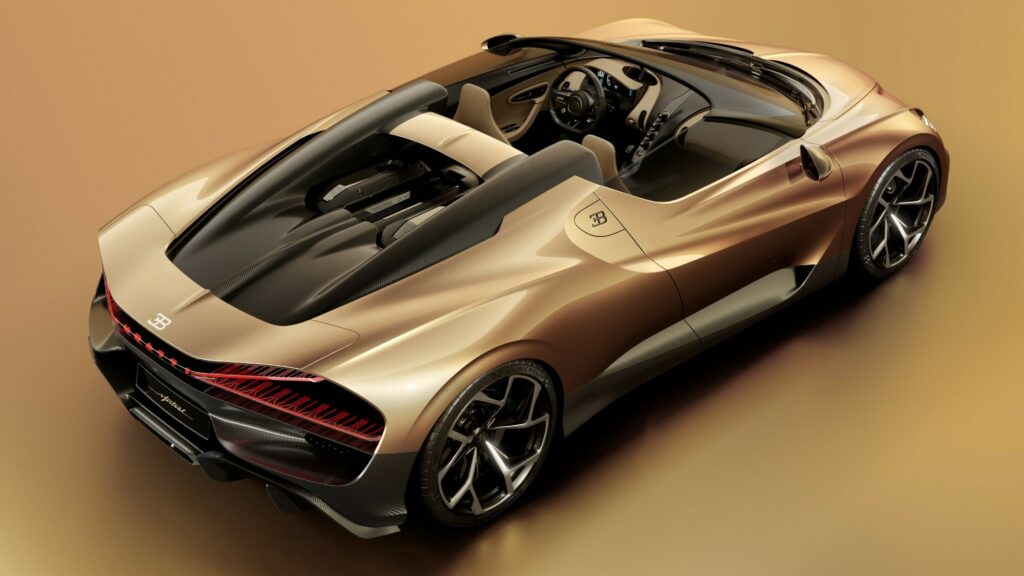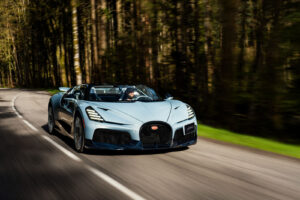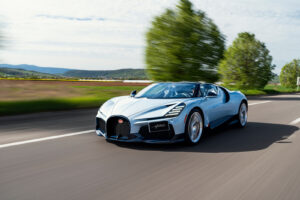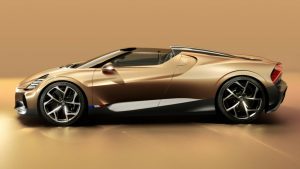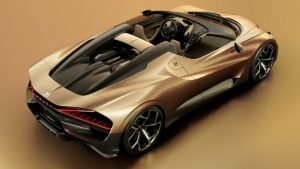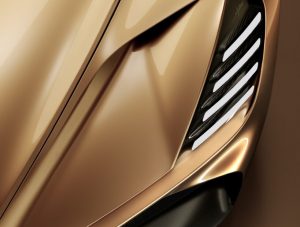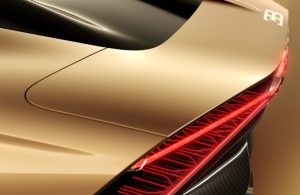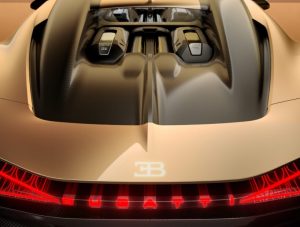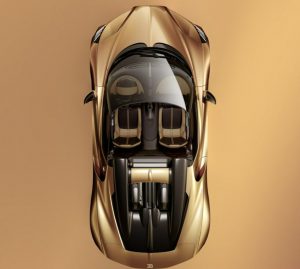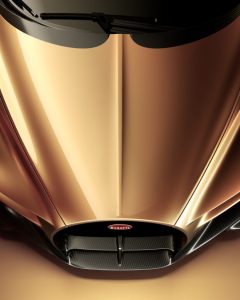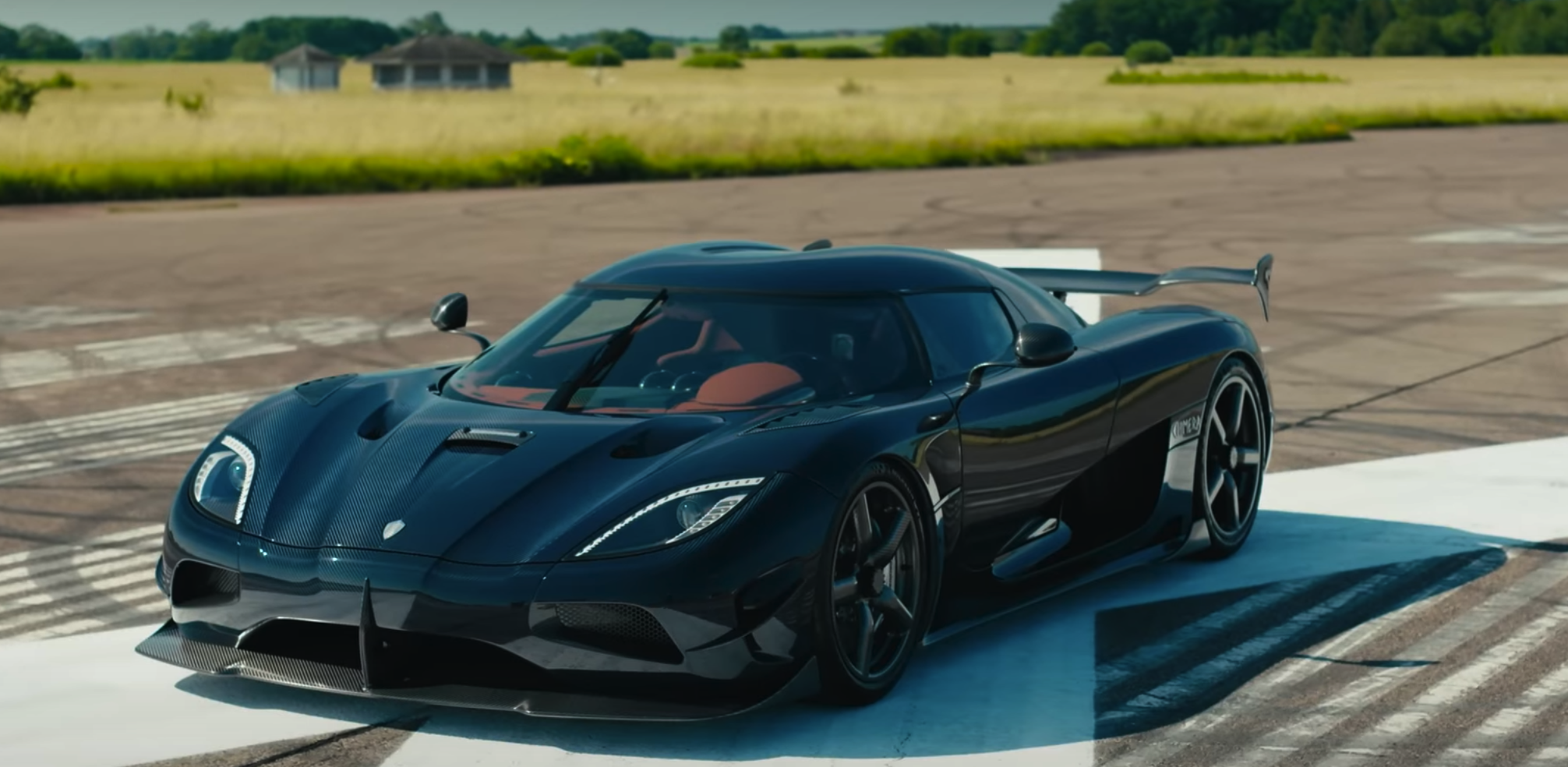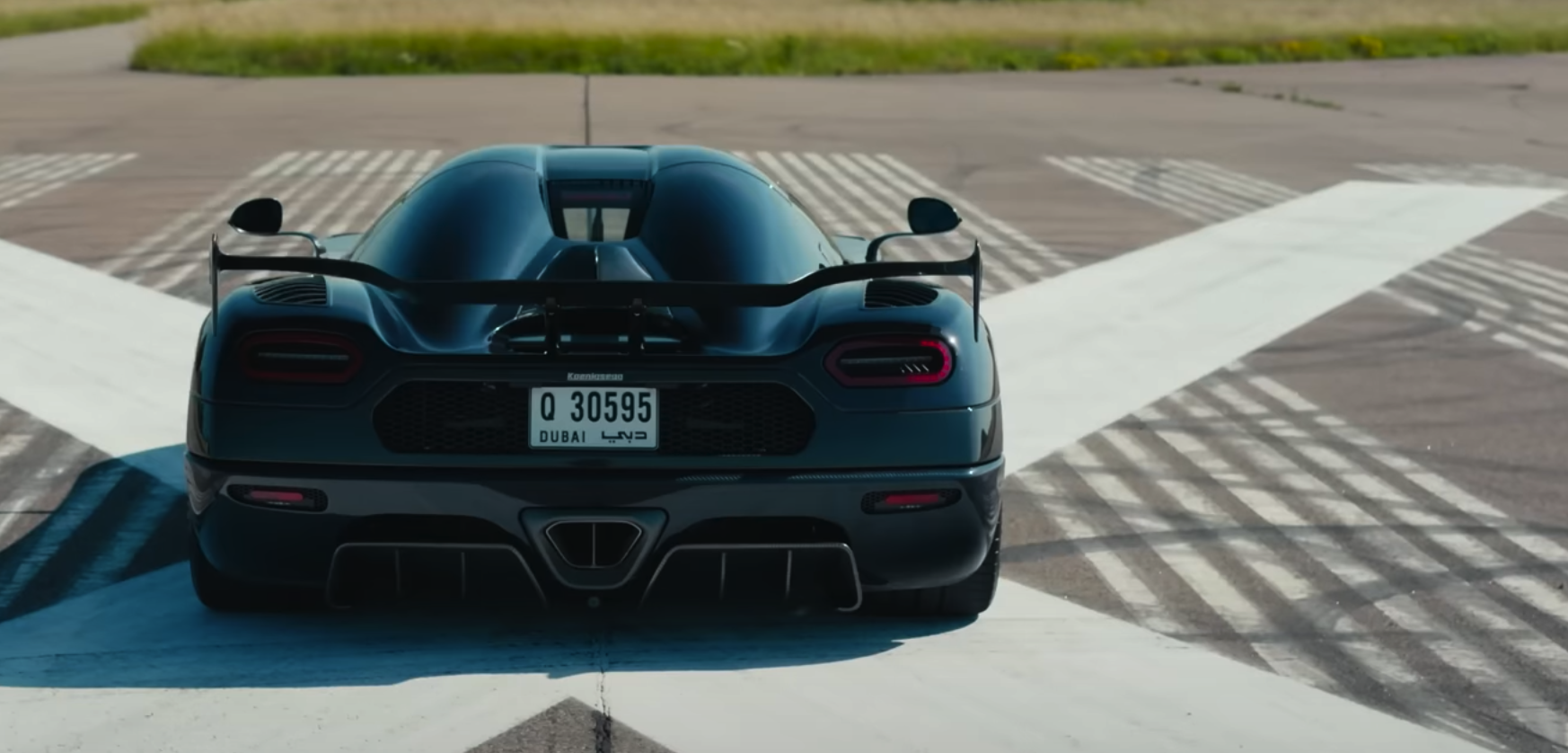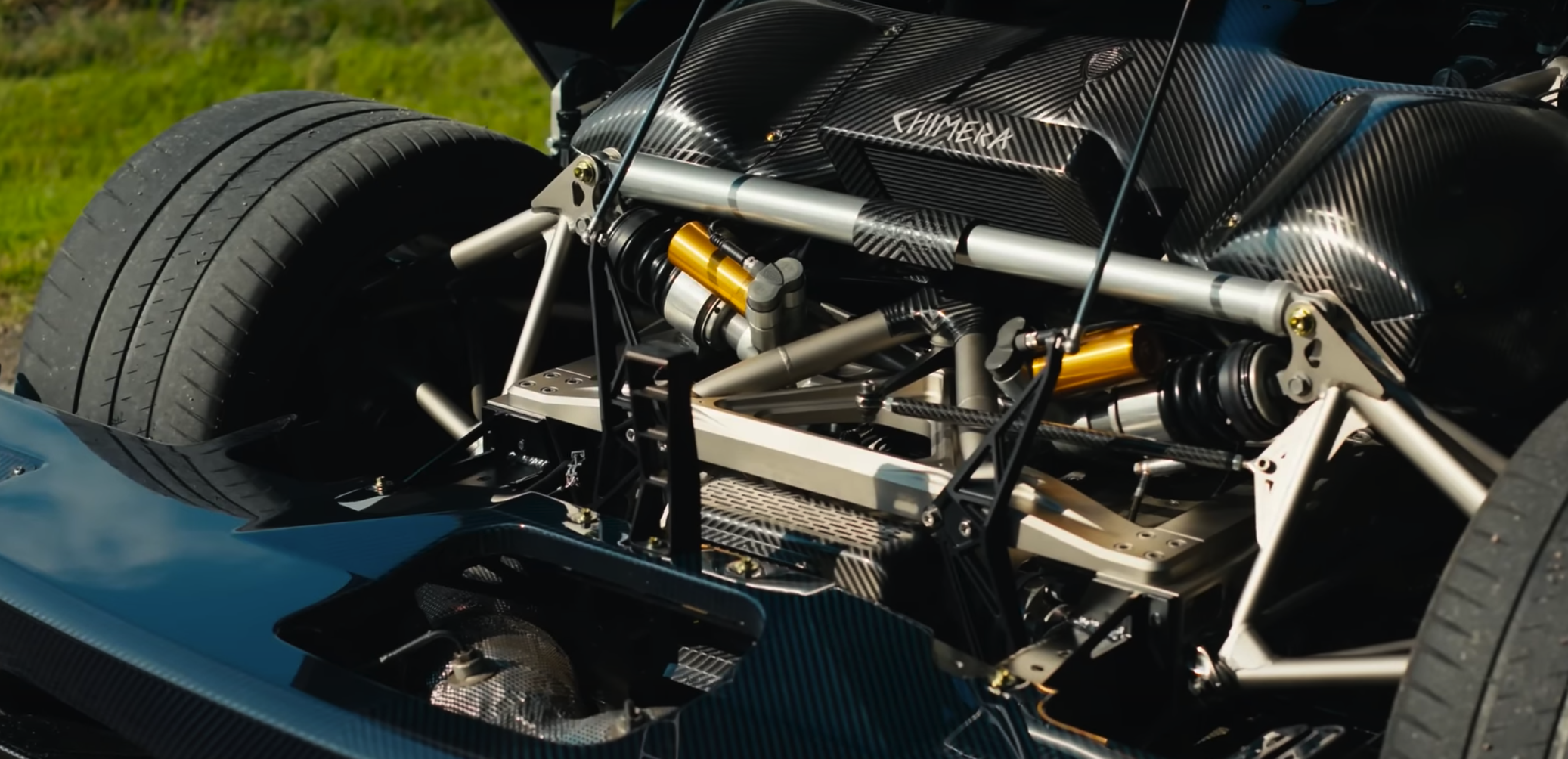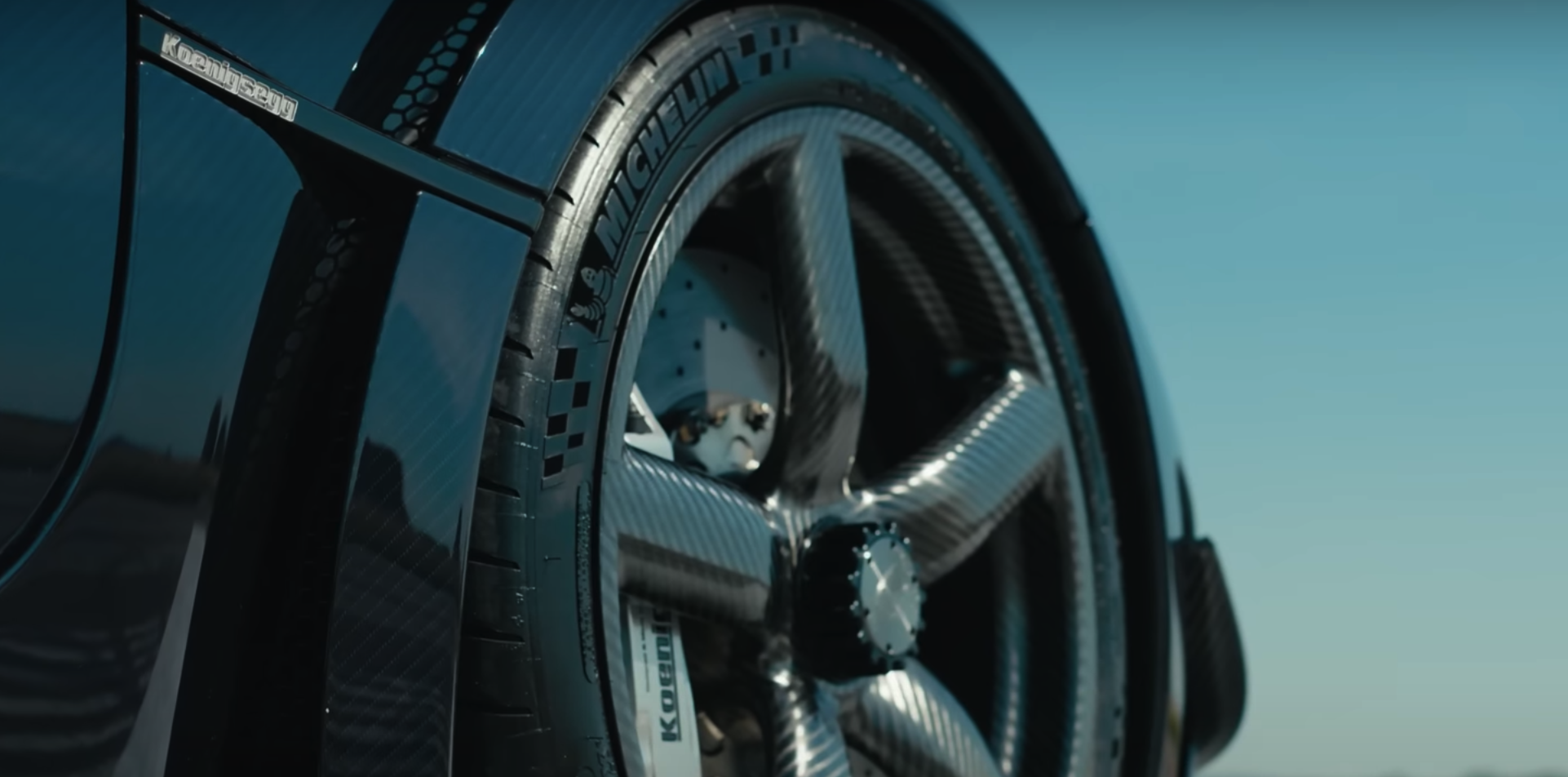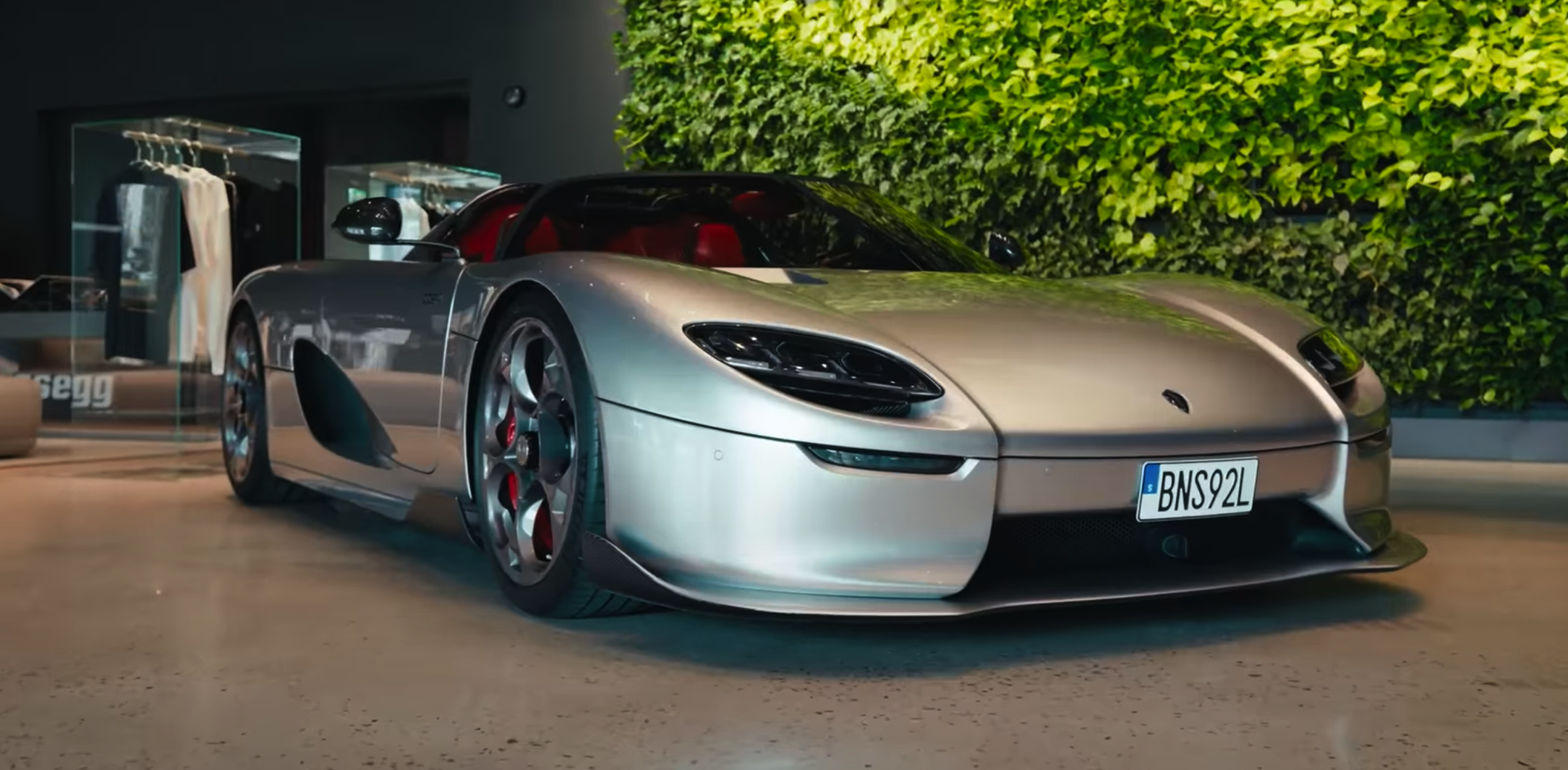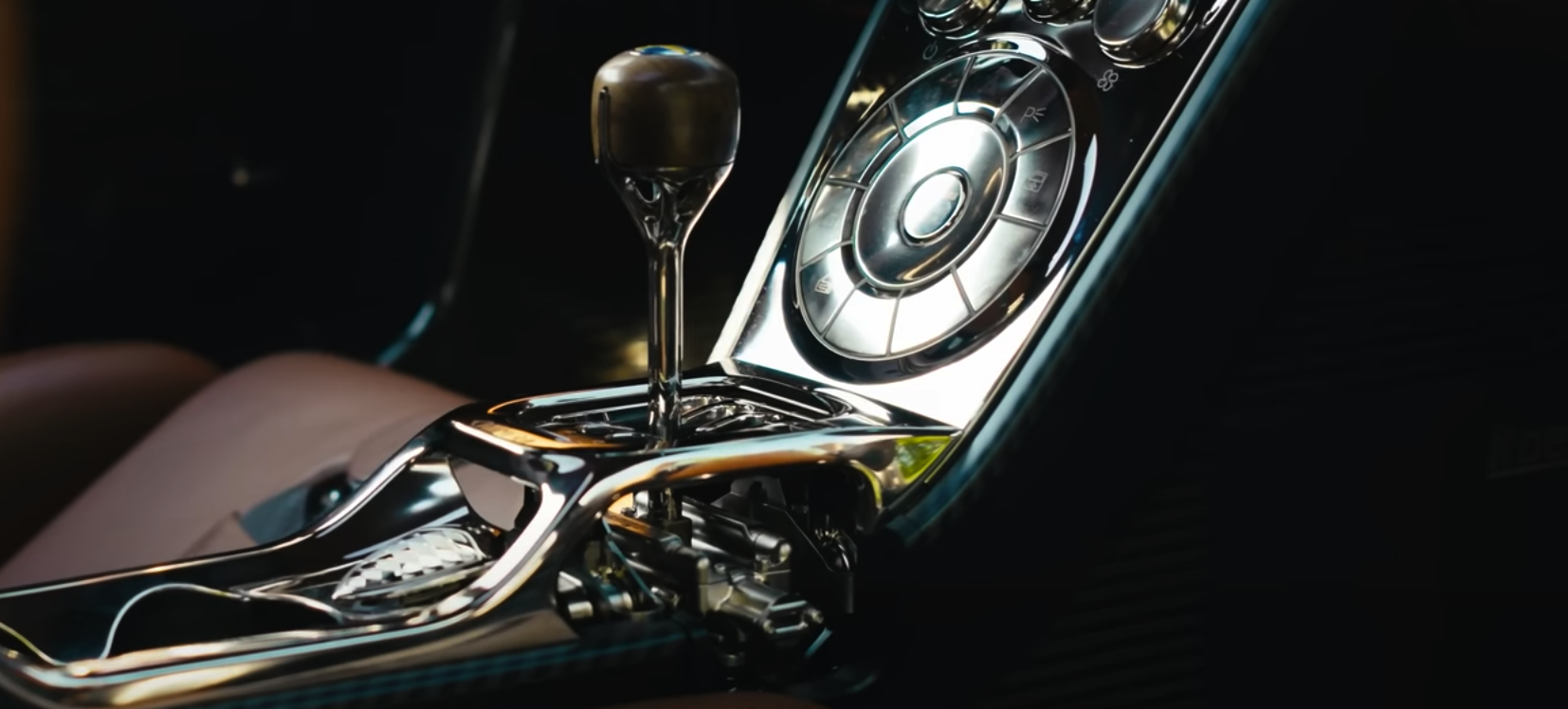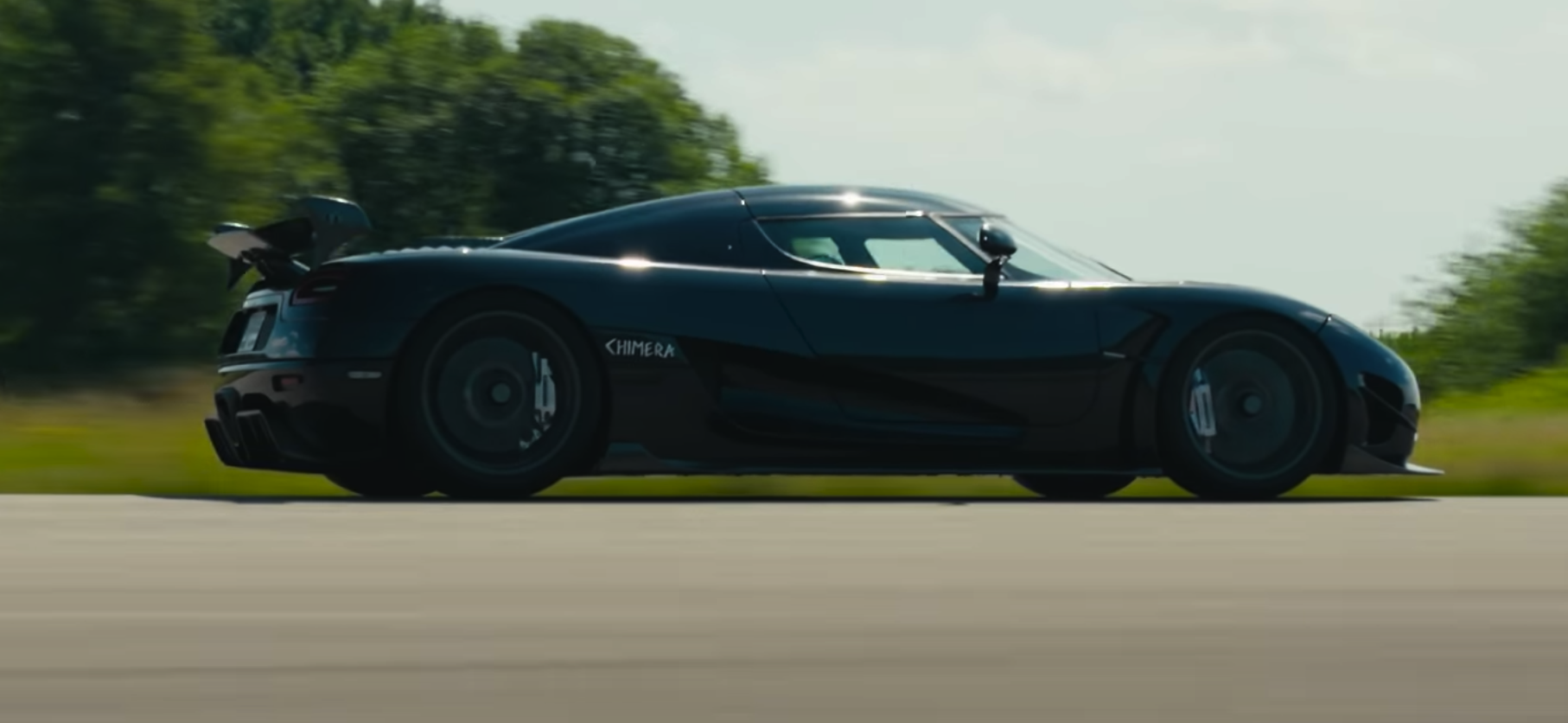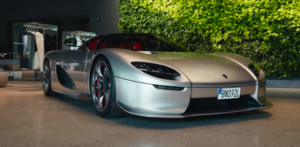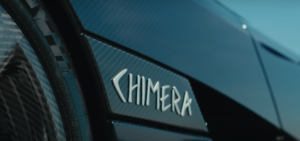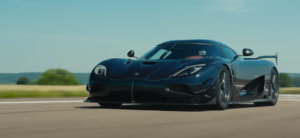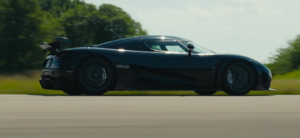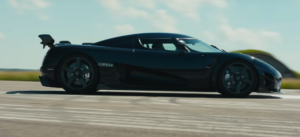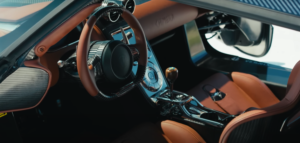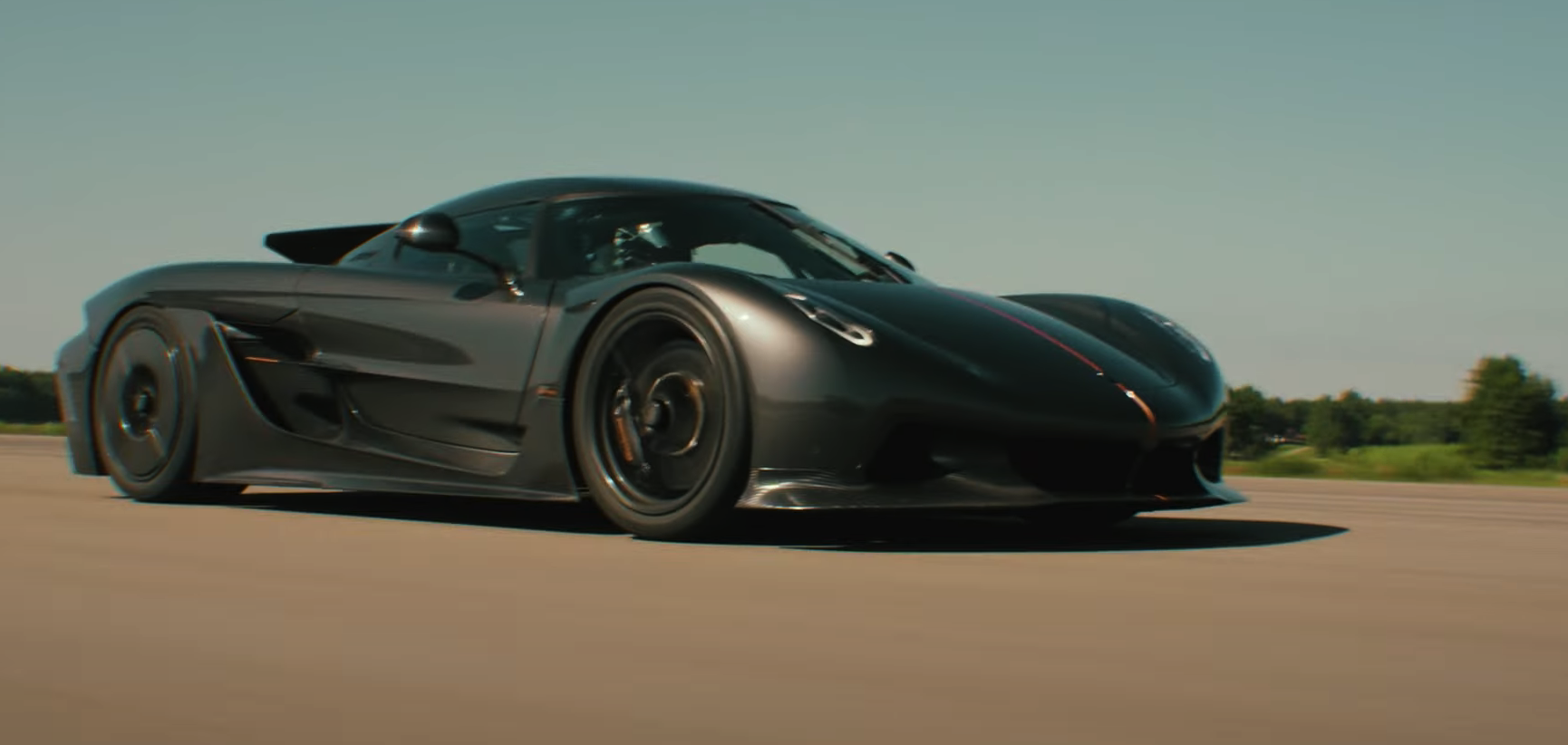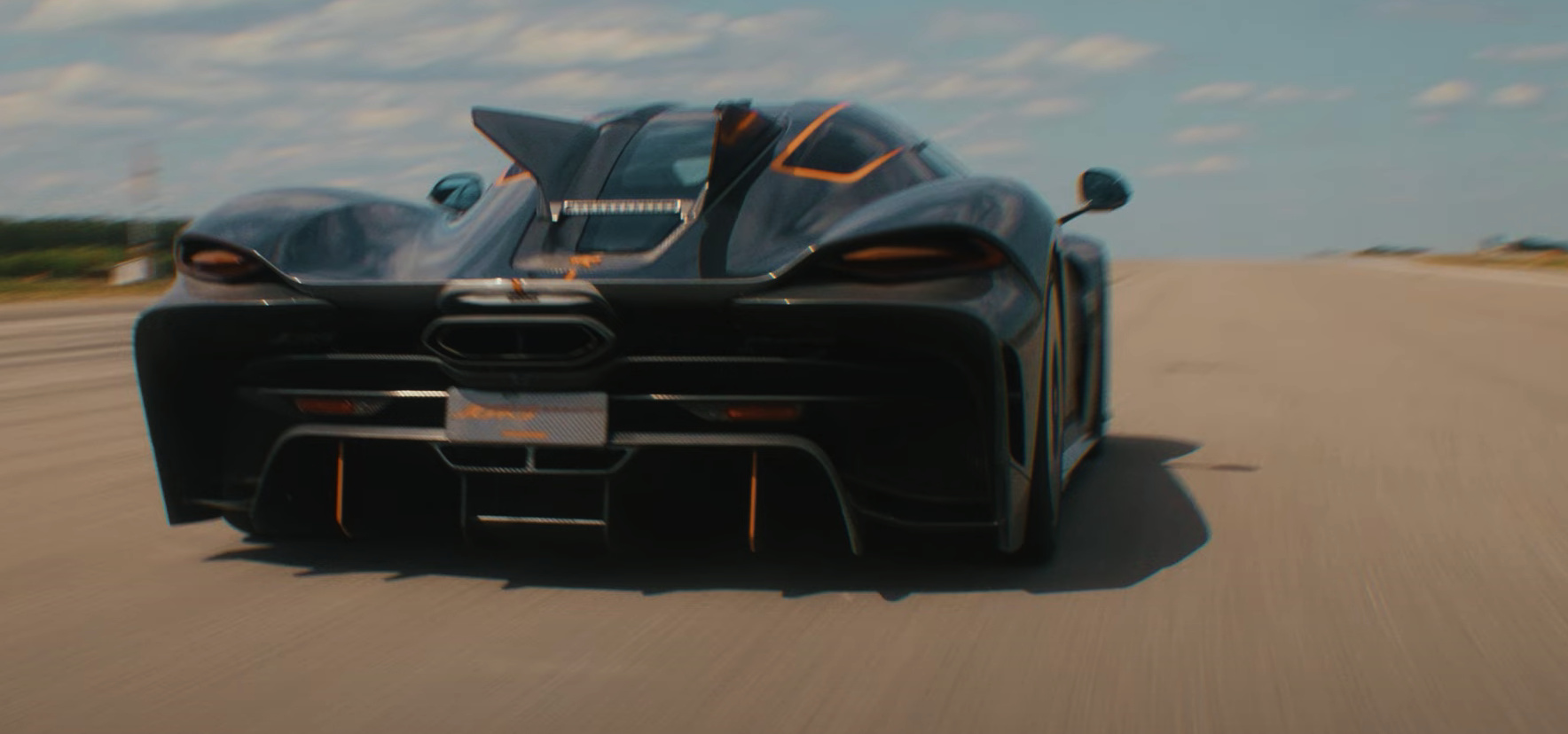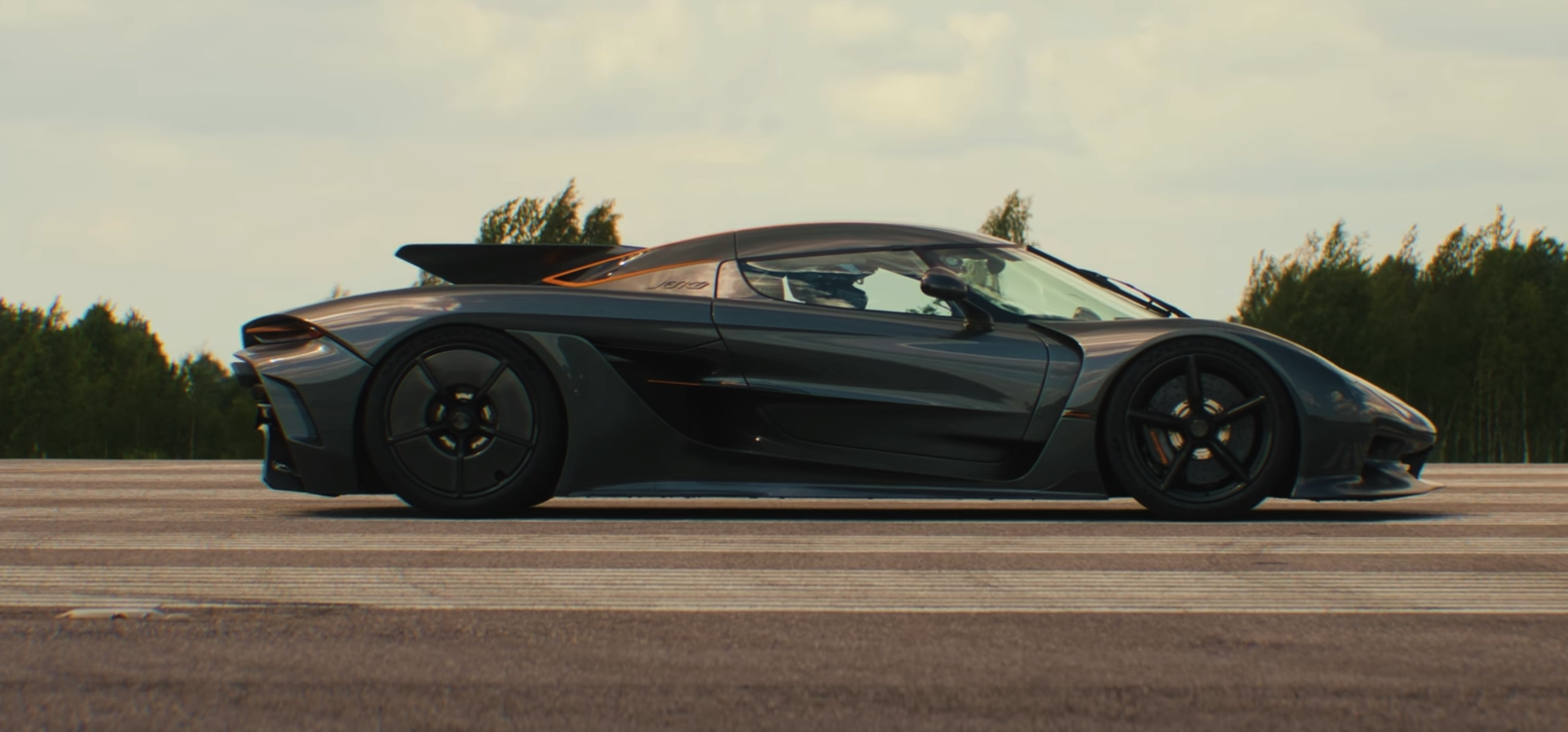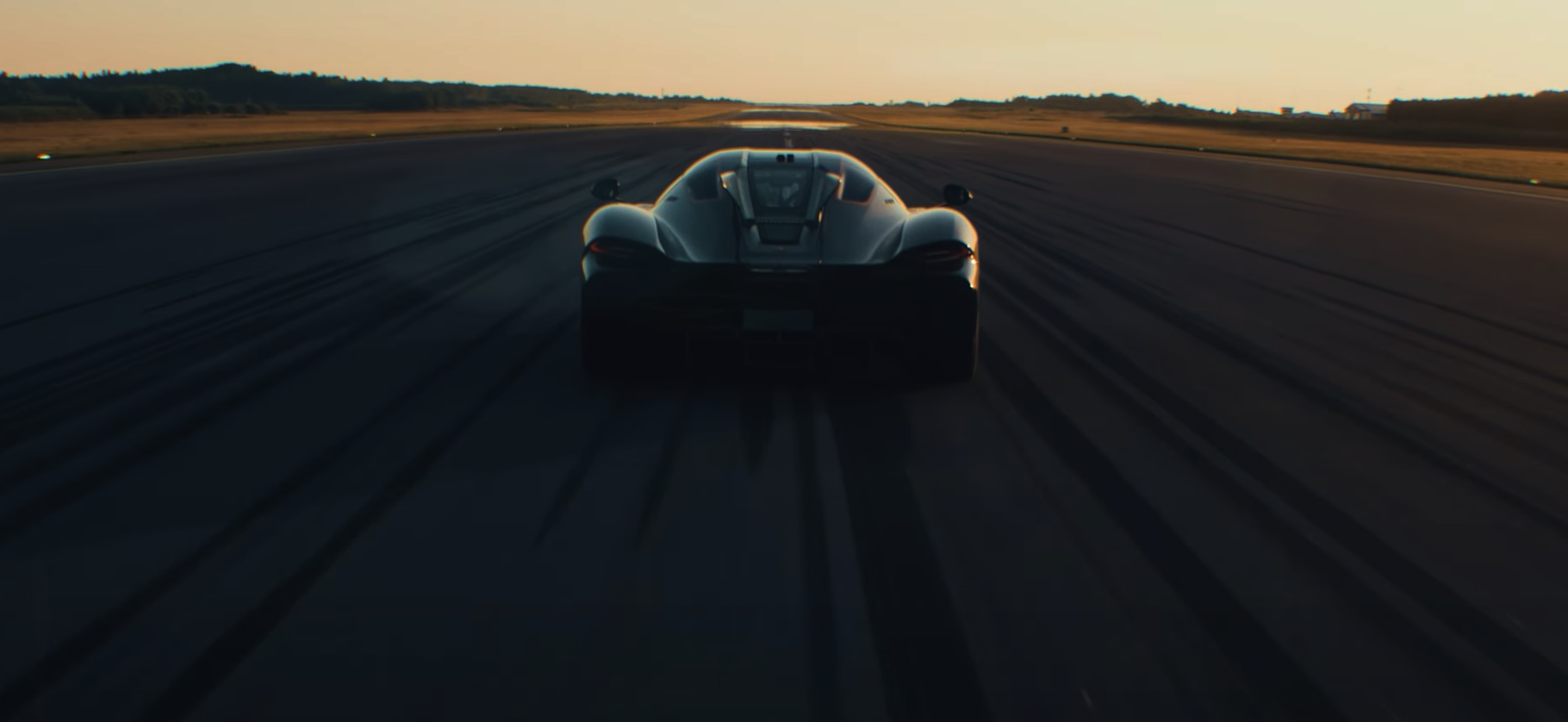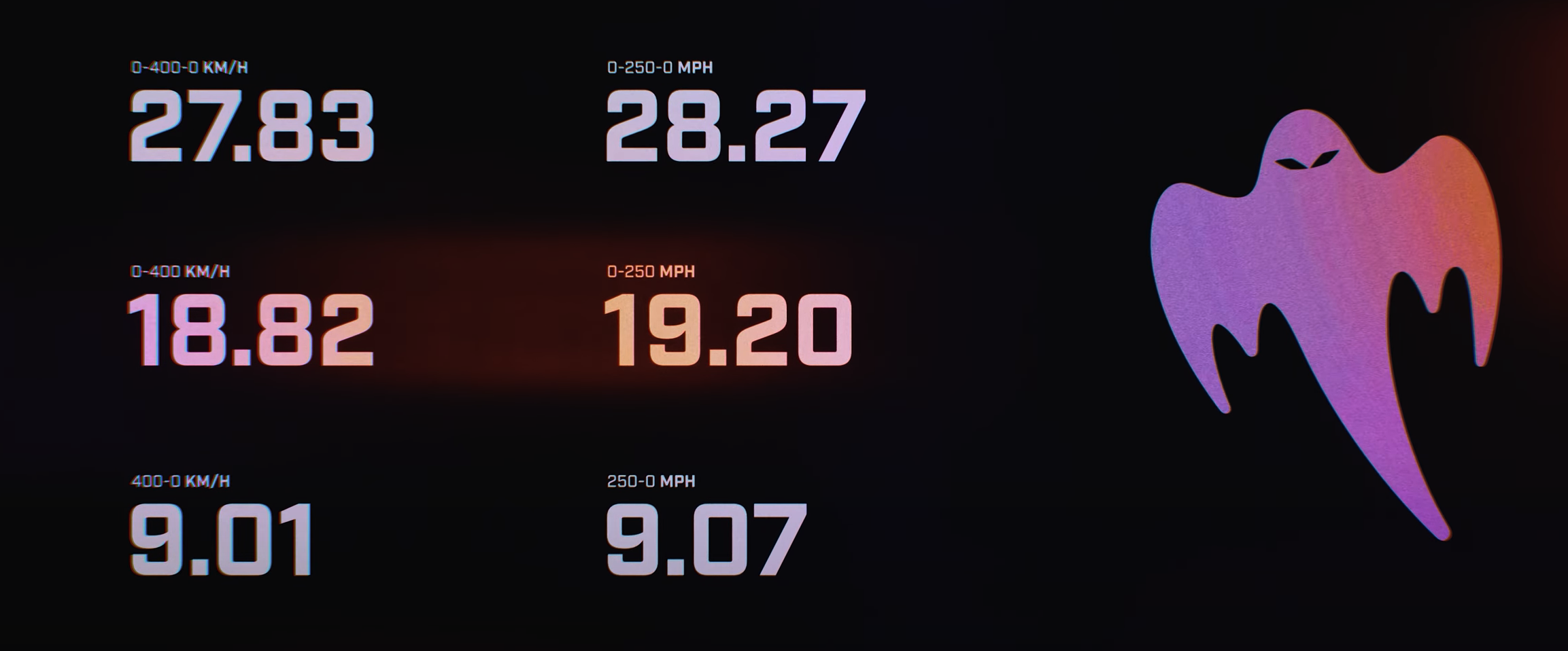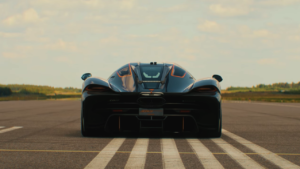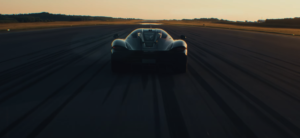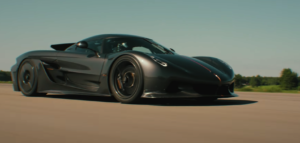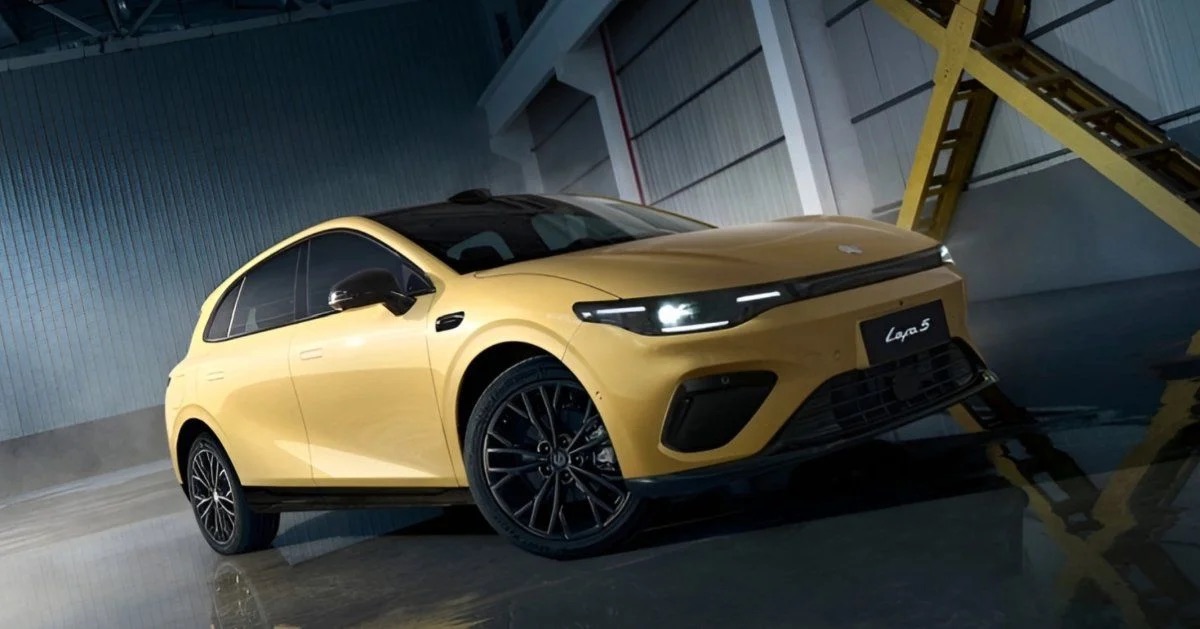Koenigsegg has revealed its latest engineering marvel, Sadair’s Spear—a hypercar that fuses track-focused performance with global road legality. This limited-production machine pushes the boundaries of performance, featuring upgraded aerodynamics, refined suspension, increased power output, and significant weight reductions, representing a new apex in Koenigsegg’s relentless pursuit of automotive perfection.
The name carries a profound connection to company founder Christian von Koenigsegg. In a tribute to his father Jesko von Koenigsegg—previously honoured with the Jesko hypercar—Christian reached further into personal history for this creation. Sadair’s Spear was the name of Jesko’s favourite racehorse, which he rode in his final race in 1976. The car that now bears that name is a fierce and focused track weapon, paying homage to a legacy of perseverance, elegance, and power.
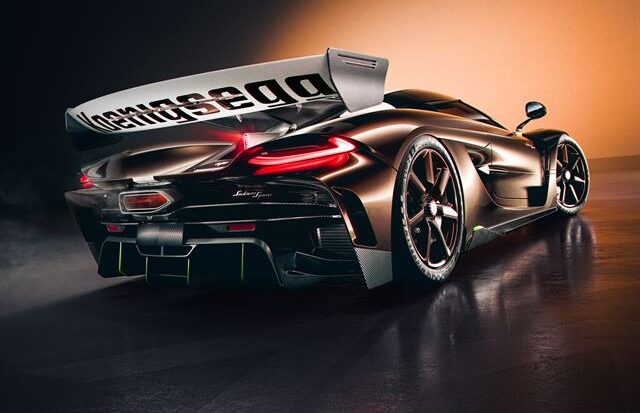
Engineered with a clear vision of supremacy, Sadair’s Spear incorporates a series of aerodynamic advancements, including a newly designed, top-mounted double-blade active rear wing for maximum downforce and stability at high speeds. The extended rear profile and revised hood geometry work in tandem with larger front canards and enhanced air intakes to sharpen cooling efficiency and vehicle dynamics under extreme track conditions.
Power is generated by Koenigsegg’s celebrated twin-turbo V8, now optimised through new engine calibration and improved breathing capacity. The result is a staggering output of 1,300hp on standard fuel, which rises to 1,625hp when running on E85. The engine is paired with the revolutionary Light Speed Transmission (LST), capable of gearshifts at a phenomenal 46,000 rpm per second, made possible by the absence of a traditional flywheel.

Sadair’s Spear not only raises the bar in raw power, but also in lightweight engineering. The car sheds approximately 35 kilograms compared to its predecessors through extensive use of new carbon fibre processes, reduced sound insulation, and simplified interior components. The result is an unparalleled power-to-weight ratio that eclipses even Koenigsegg’s own 1:1 benchmark—a feat no other fully road-homologated vehicle has yet matched.
Handling has also seen major improvements. The car rides on exclusive 7-spoke Aircore carbon fibre wheels with directional turbine-blade design and wider, track-optimised tyres. A bespoke suspension system, complete with lightweight springs and Koenigsegg’s proprietary Triplex dampers, delivers razor-sharp control, while an upgraded multi-layer carbon-ceramic brake package enhances stopping power and fade resistance.

Inside, Sadair’s Spear takes on a minimalist, motorsport-inspired approach. Lightweight carbon fibre racing seats come standard, with optional six-point harnesses available. Gear changes are managed solely through steering-mounted paddles, reflecting the car’s track-first ethos. Despite its reduced weight, the cockpit retains all the modern conveniences expected of a Koenigsegg, including the SmartCluster digital instrument display, SmartCenter infotainment hub, wireless phone charging, USB connectivity, Autoskin automatic body panel operation, and a 360-degree parking assist system.
Aerodynamics remain a defining characteristic. Every vent, flap, and strake has been meticulously honed by Koenigsegg’s Computational Fluid Dynamics team to ensure optimal airflow, balance, and thermal performance. A revised front hood vent incorporating a Gurney flap increases front-end downforce, while rear hood scoops boost high-speed engine cooling.
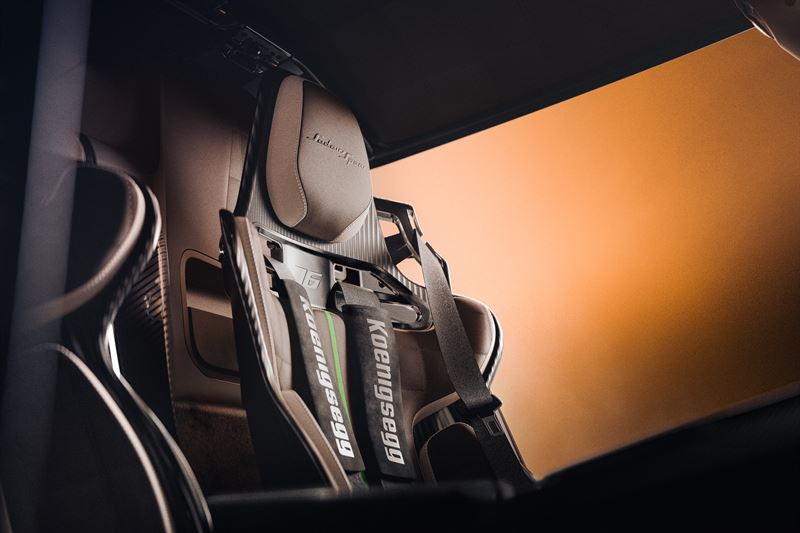
Sadair’s Spear made an immediate impact during initial testing at Sweden’s Gotland Ring, beating the existing track record—held by the Jesko Attack—by 1.1 seconds. It is a striking demonstration of the vehicle’s vast capability and potential, even before full development is finalised.
According to Christian von Koenigsegg, the model embodies the company’s natural evolution, blending brute strength, intricate aerodynamics, and an unmatched presence on both track and tarmac. He describes the car as a record-breaker and a new symbol of what can be achieved when performance engineering meets bold ambition.
With just 30 units built, all of which were sold before the public unveiling, Sadair’s Spear is not only a technical triumph but a rare and highly sought-after chapter in Koenigsegg’s legacy. As the successor to a line of performance legends, it reinforces the brand’s position at the forefront of hypercar innovation, rewriting the expectations of what a road-legal vehicle can achieve.



